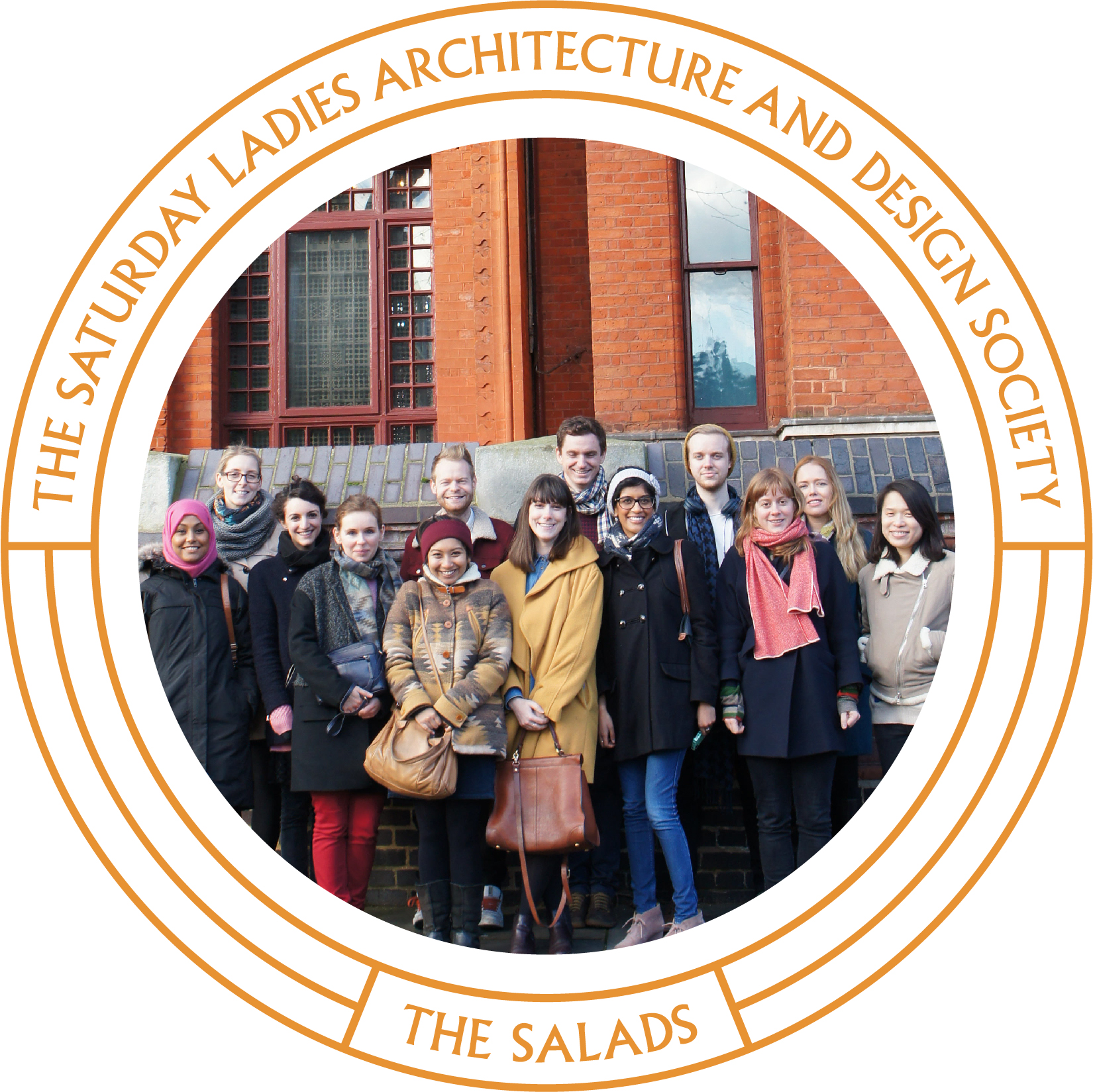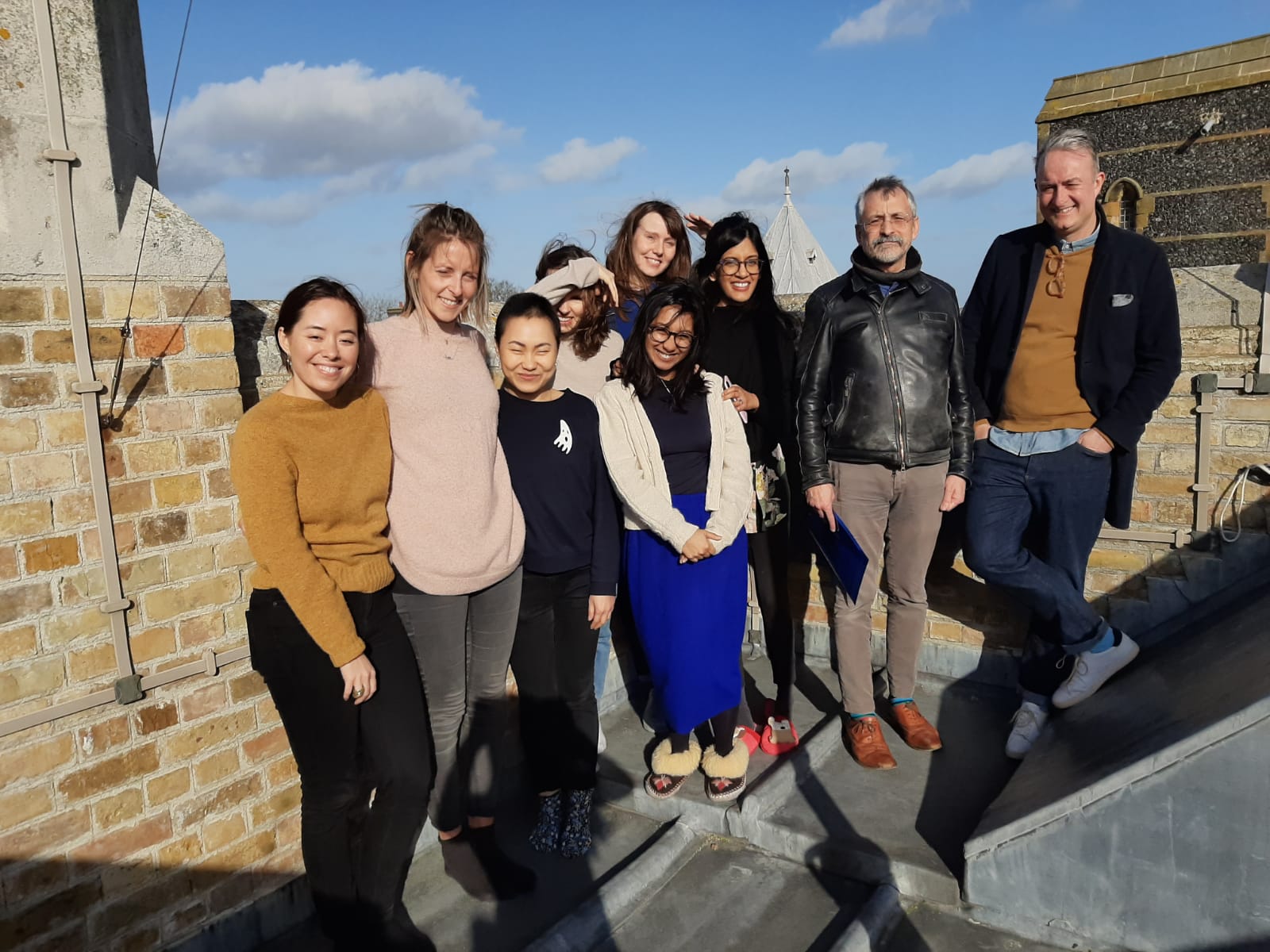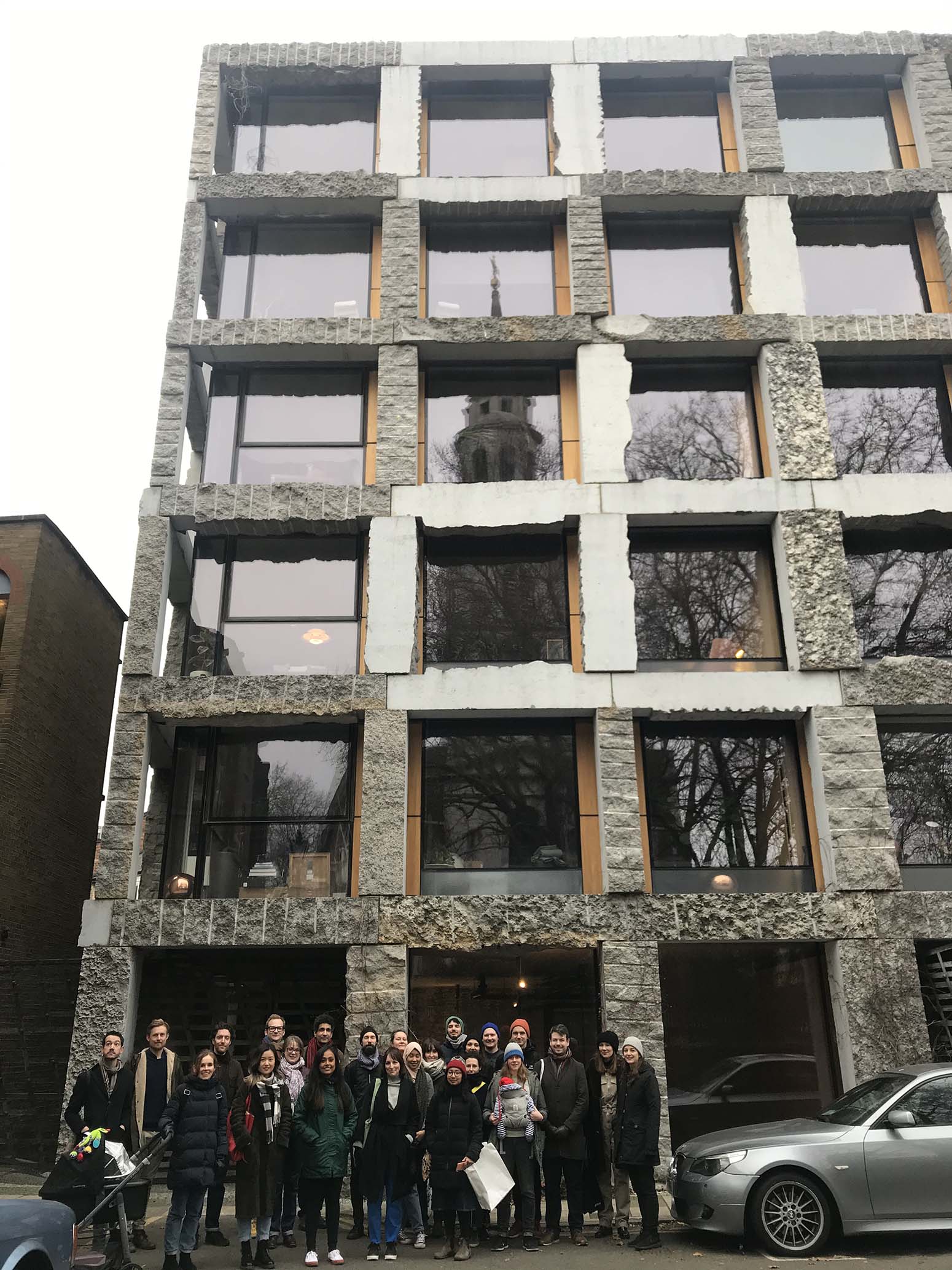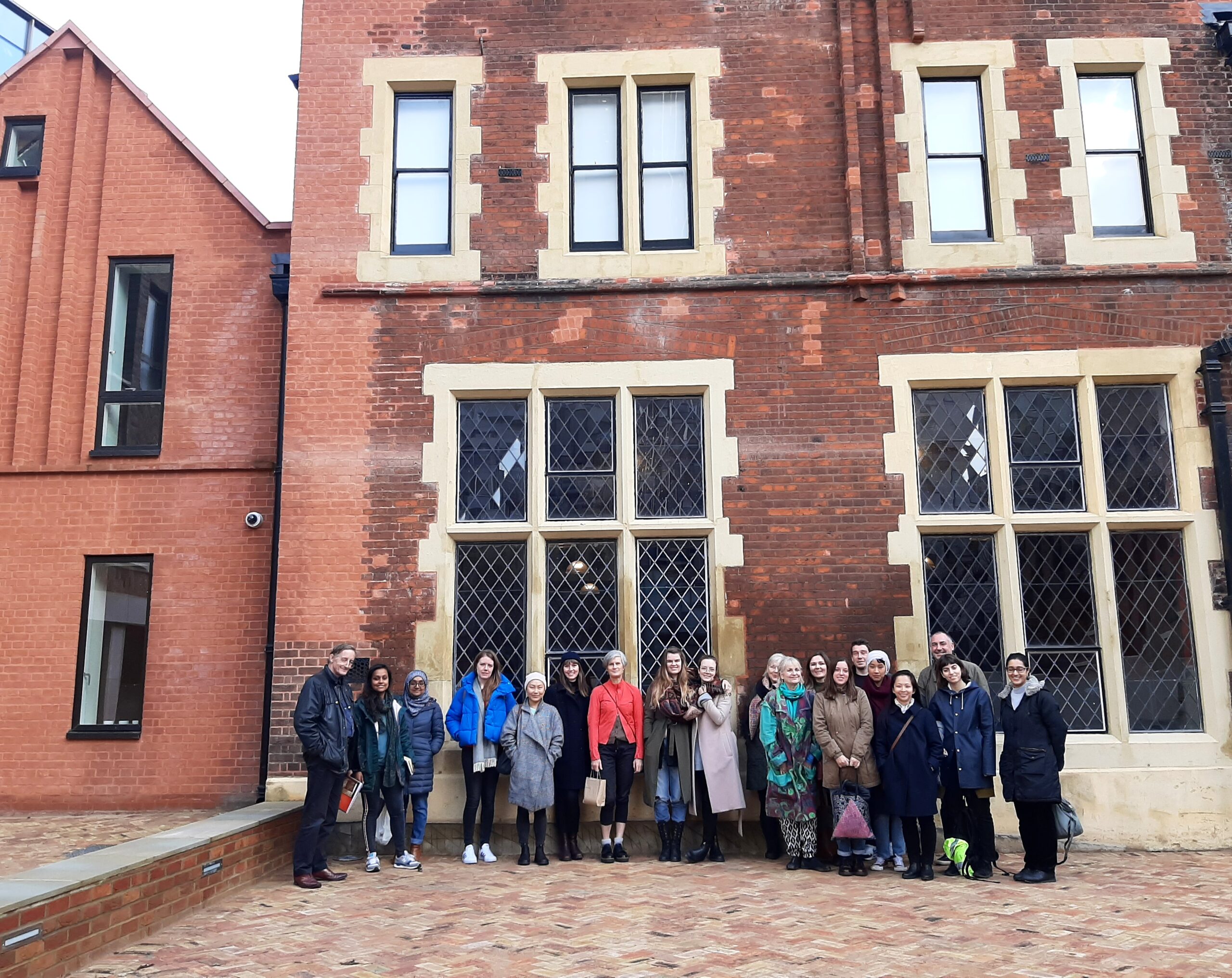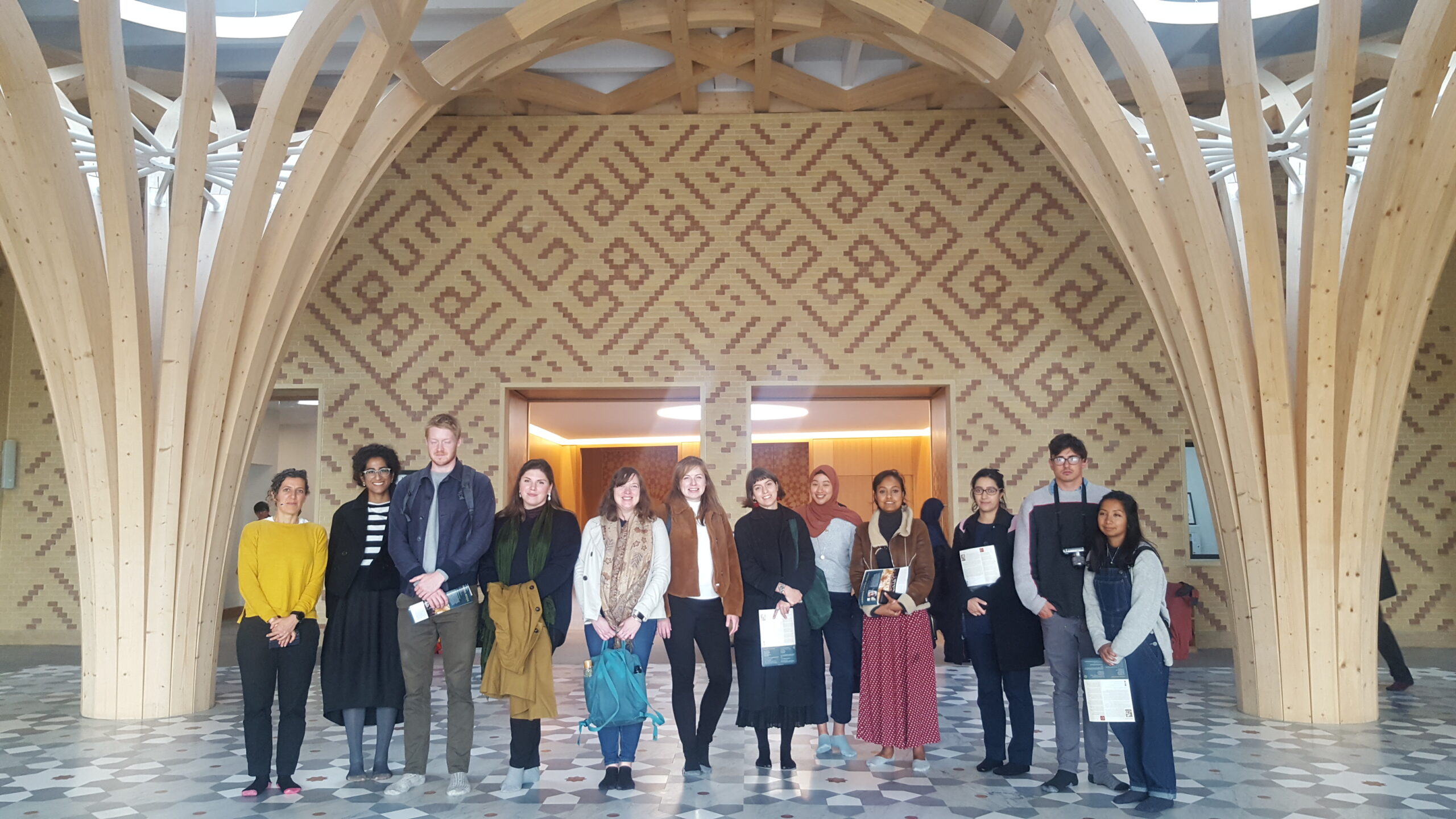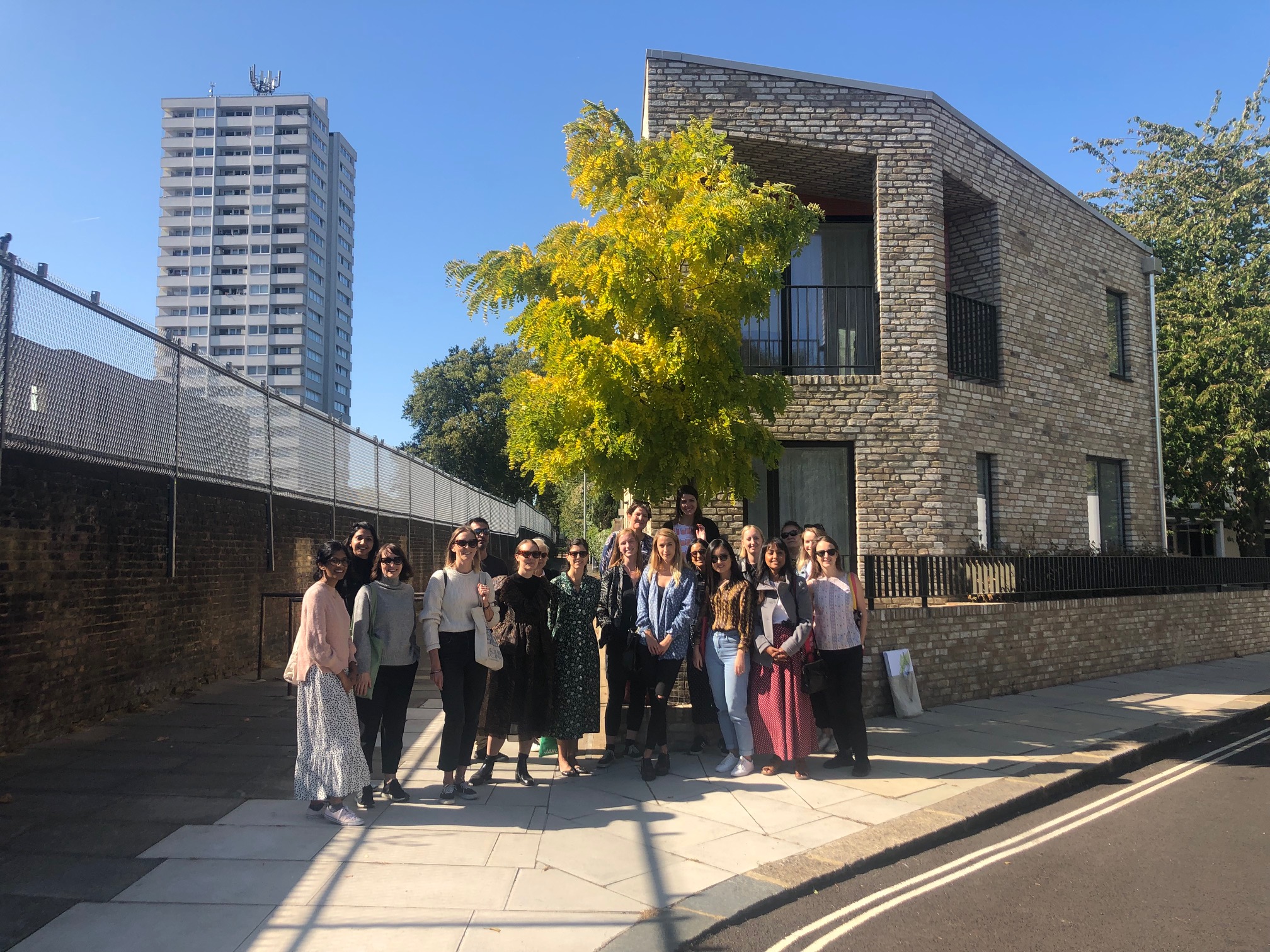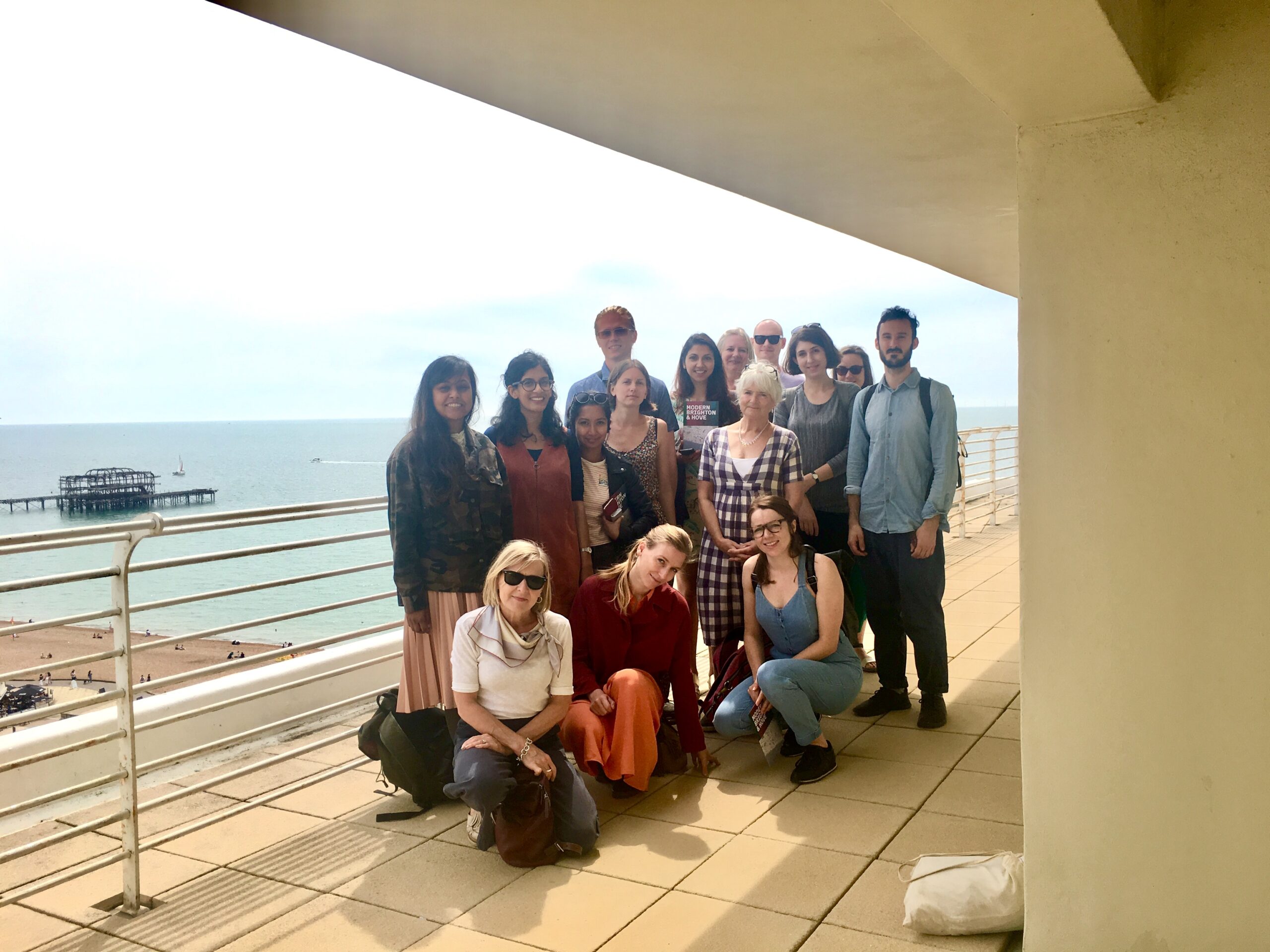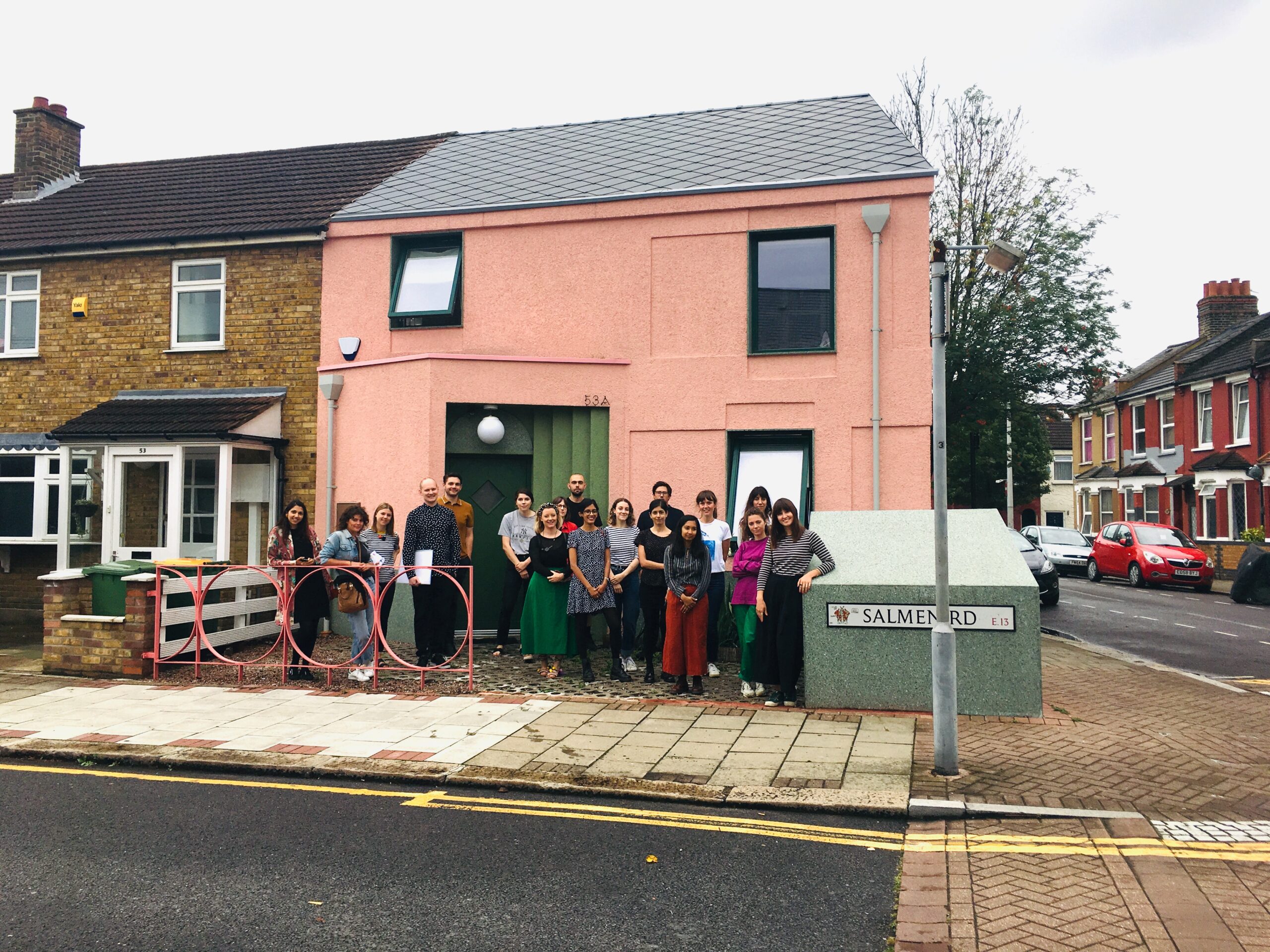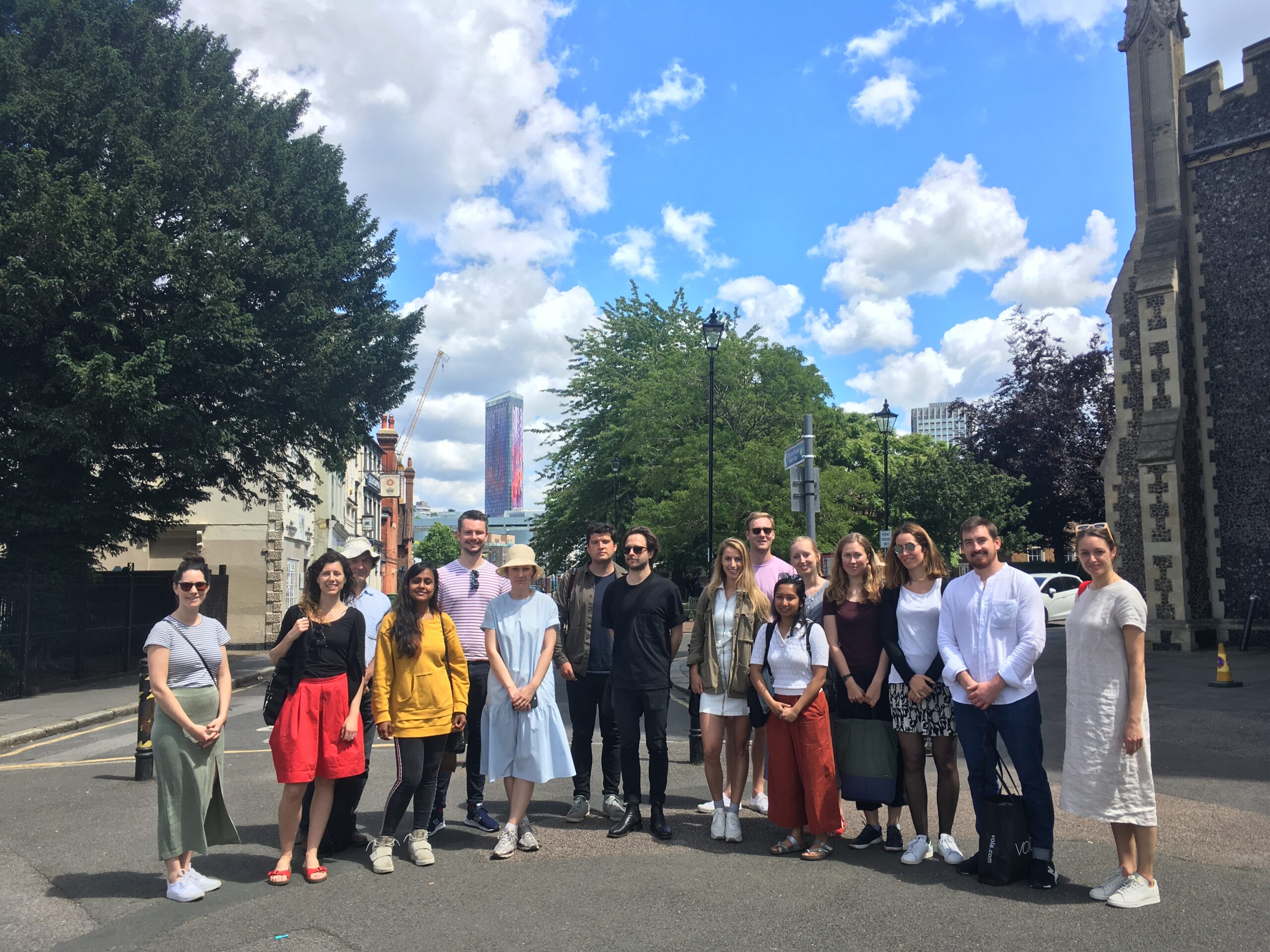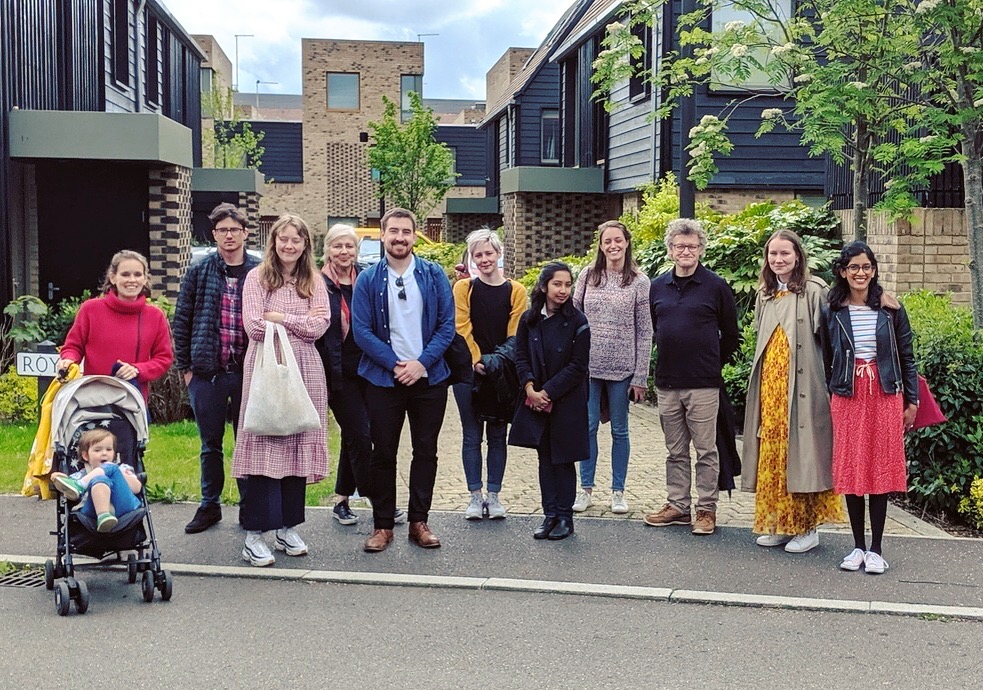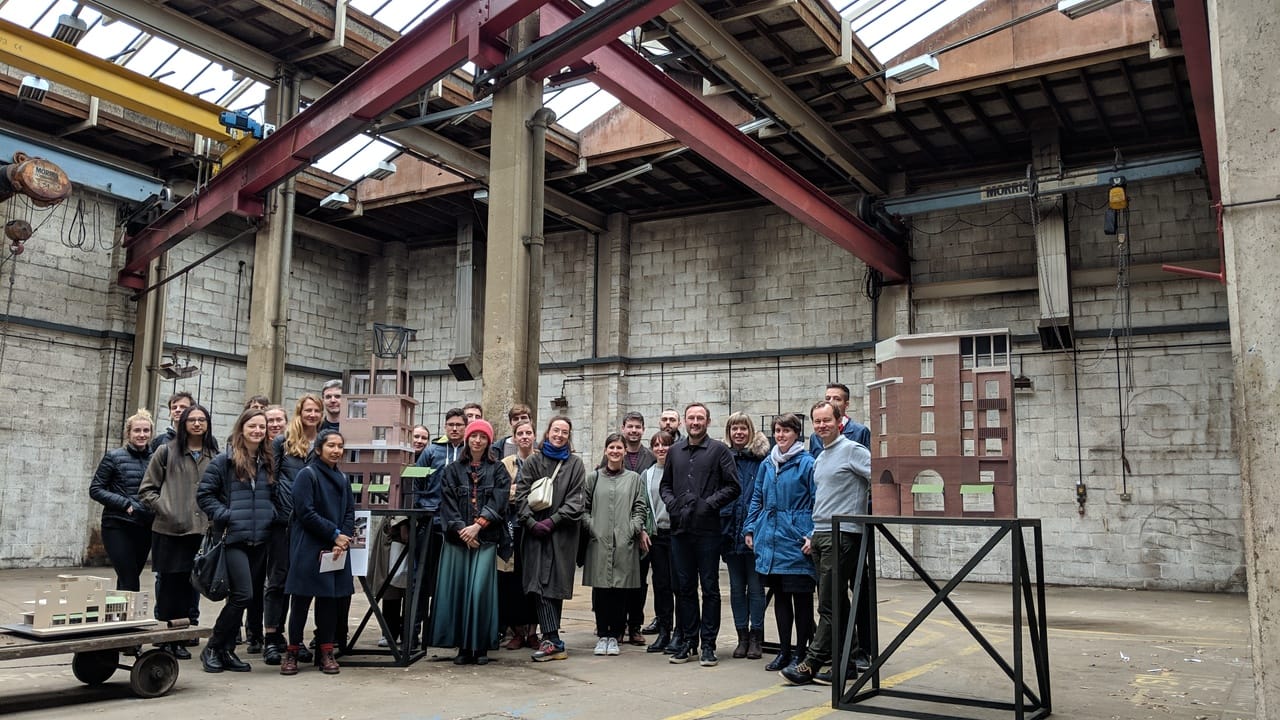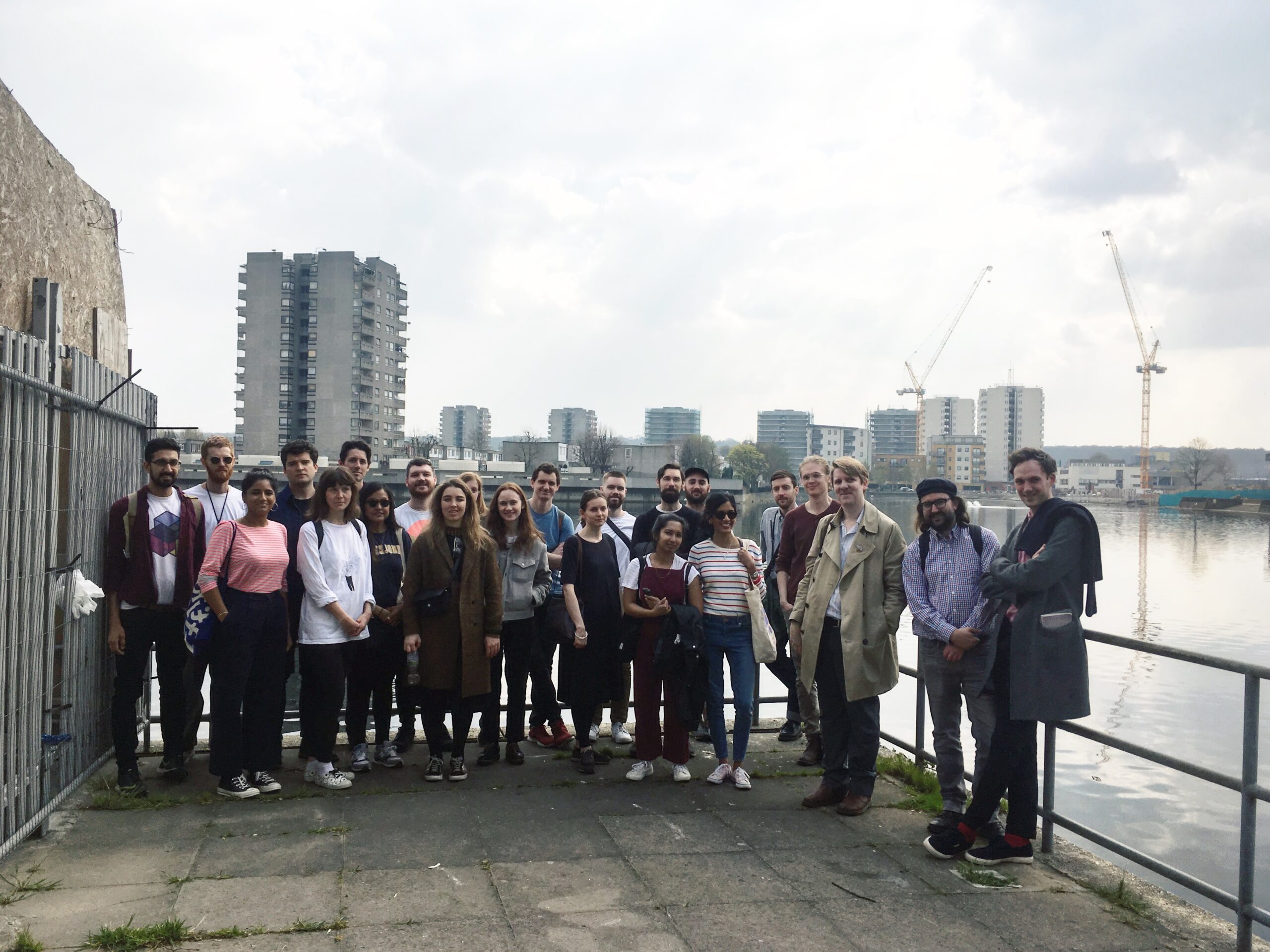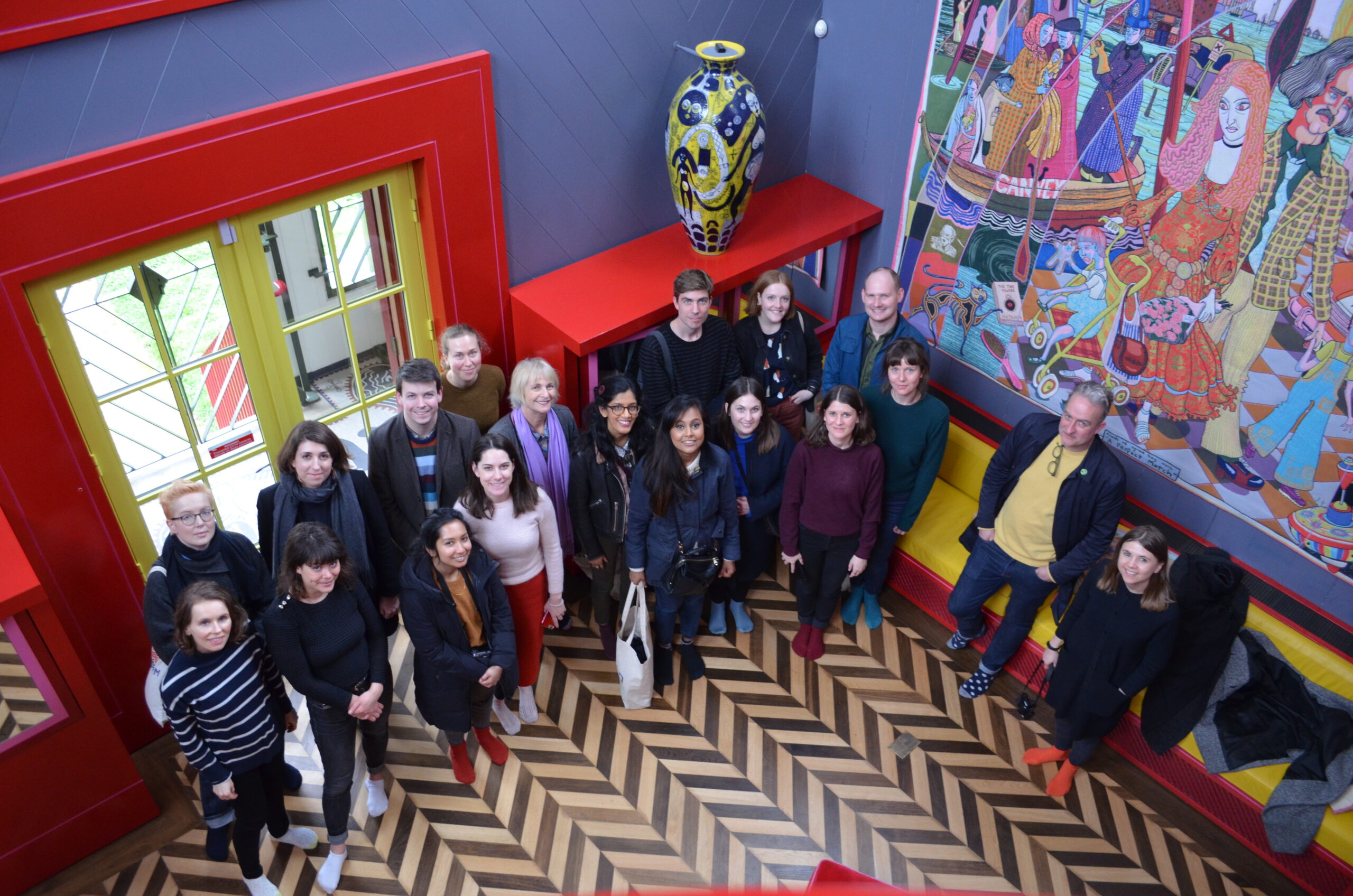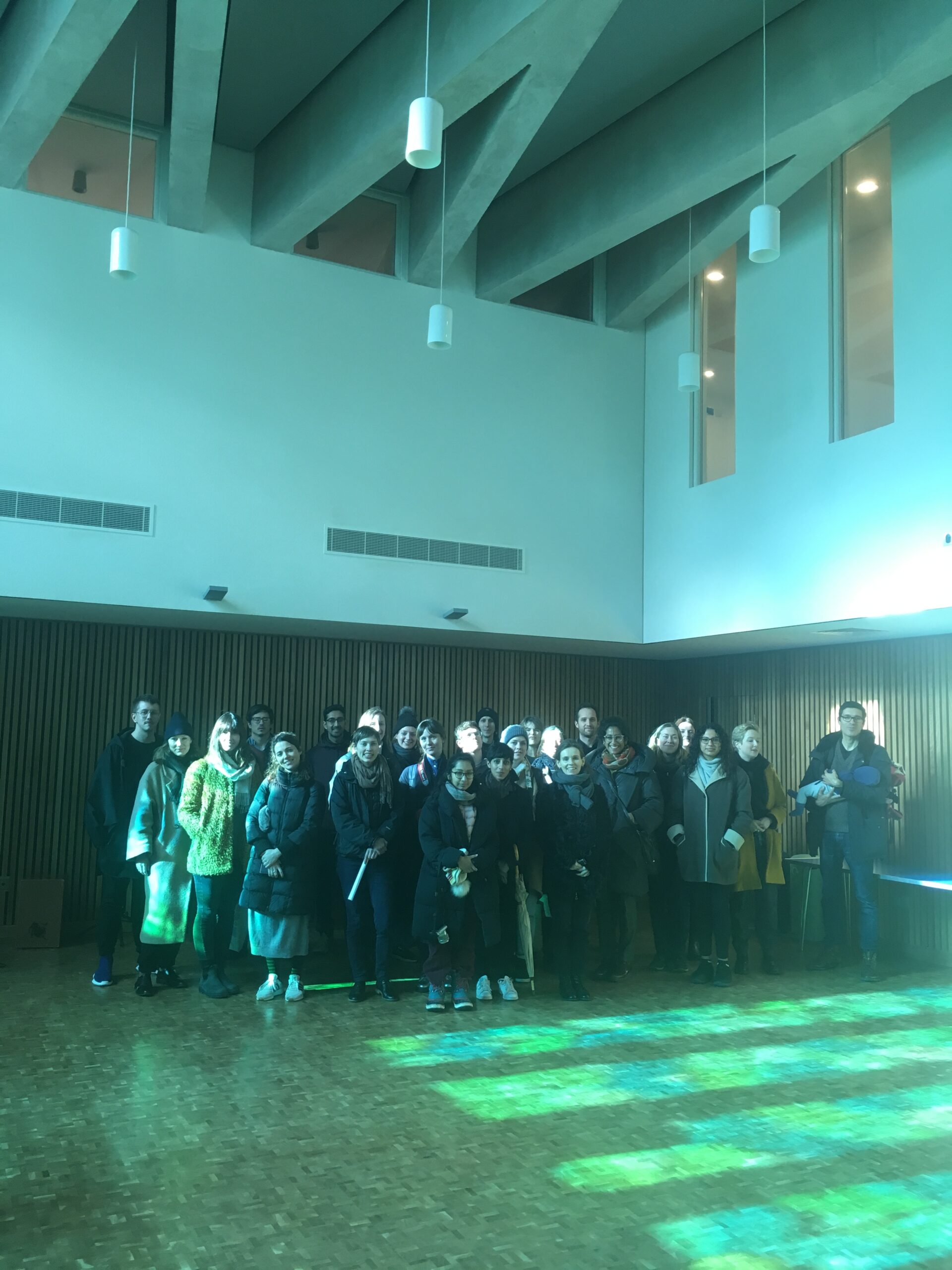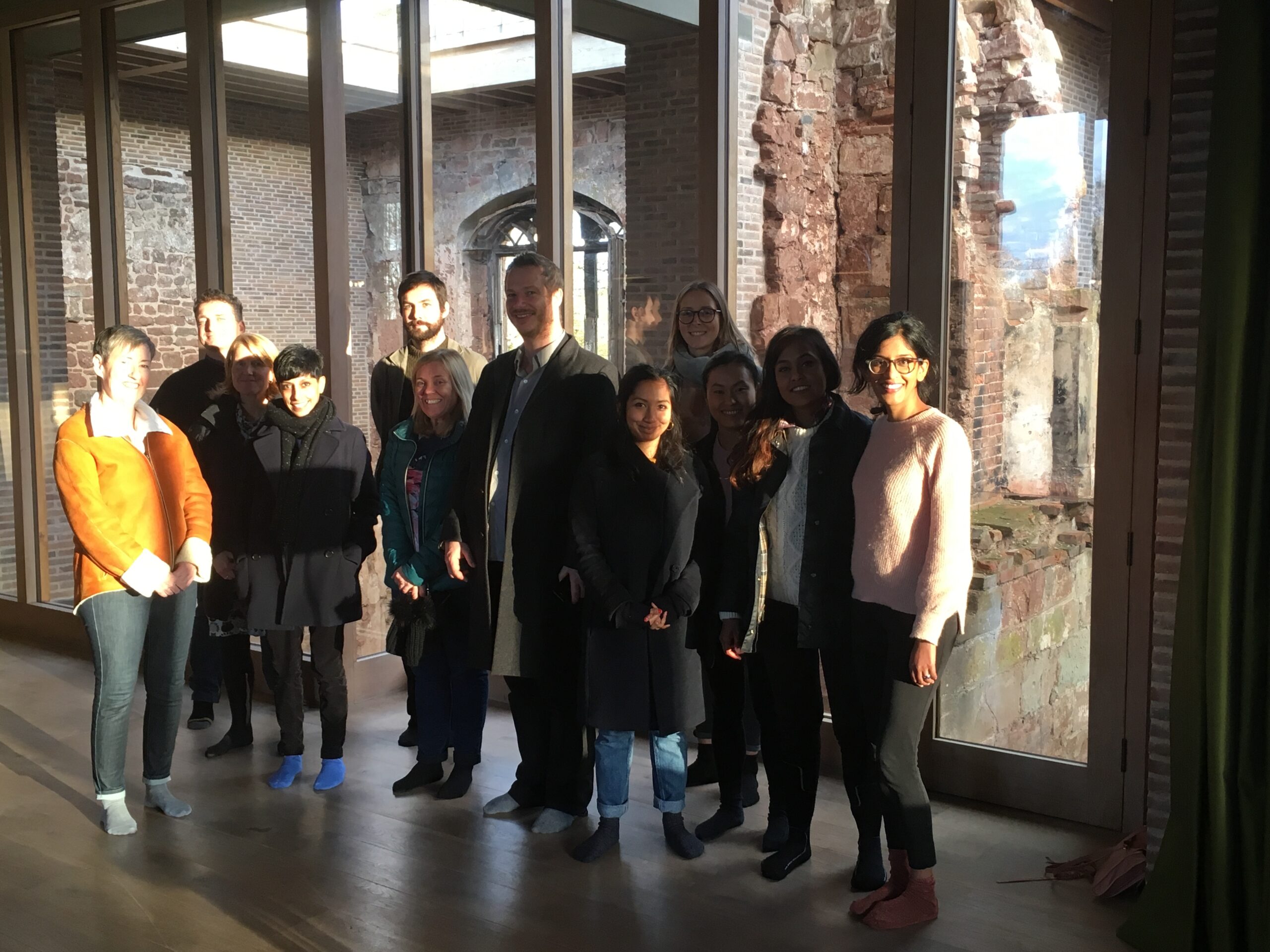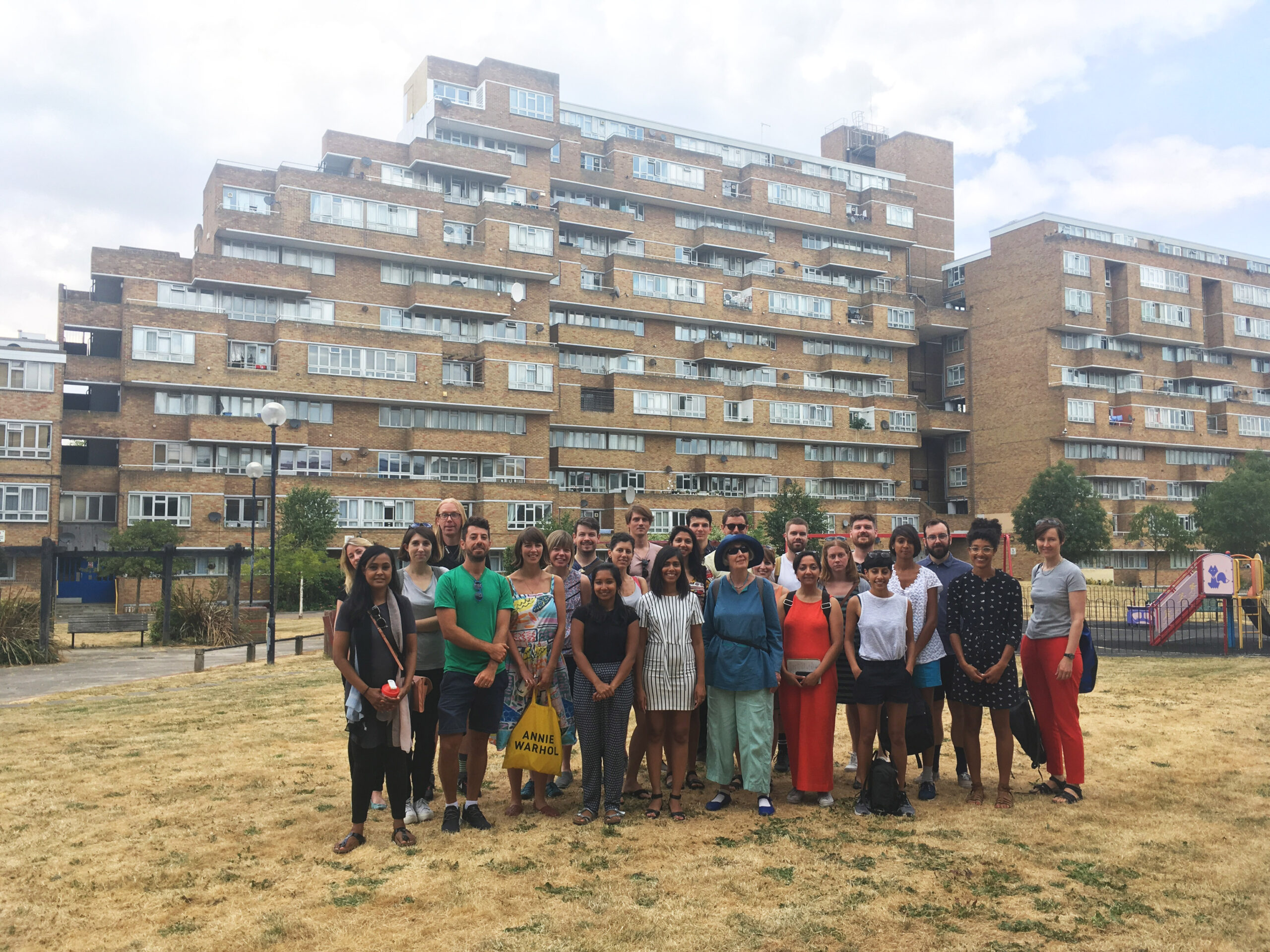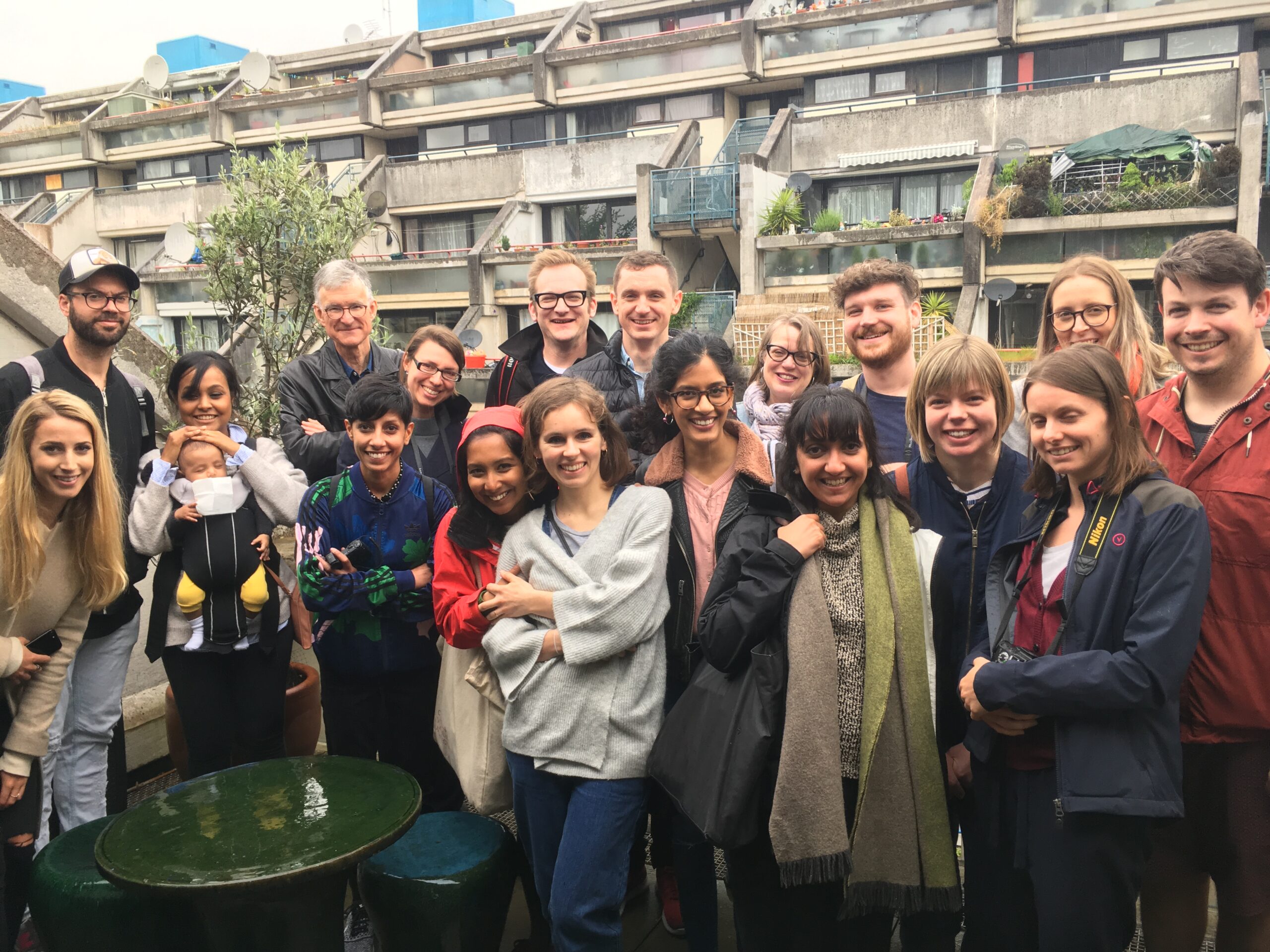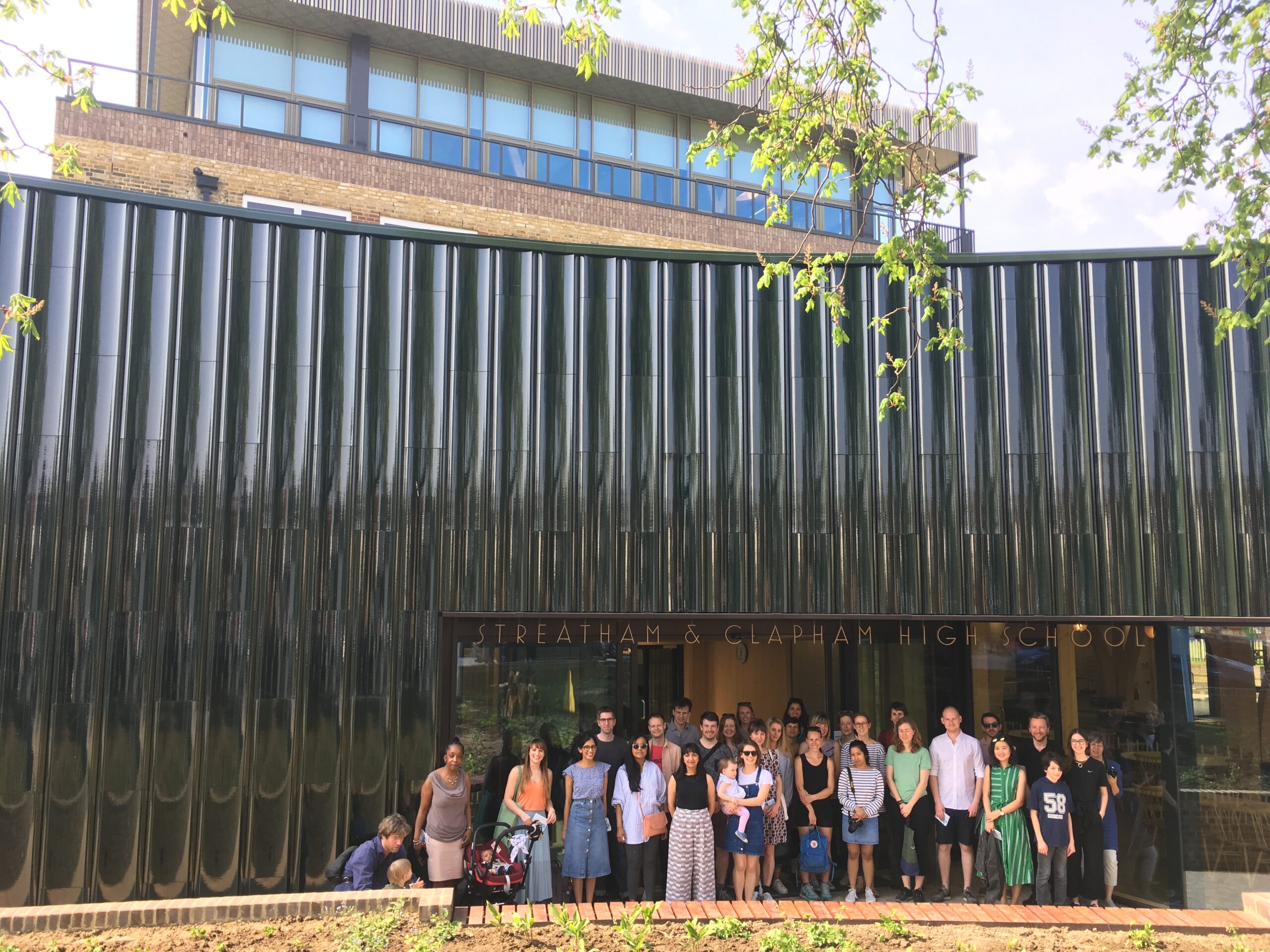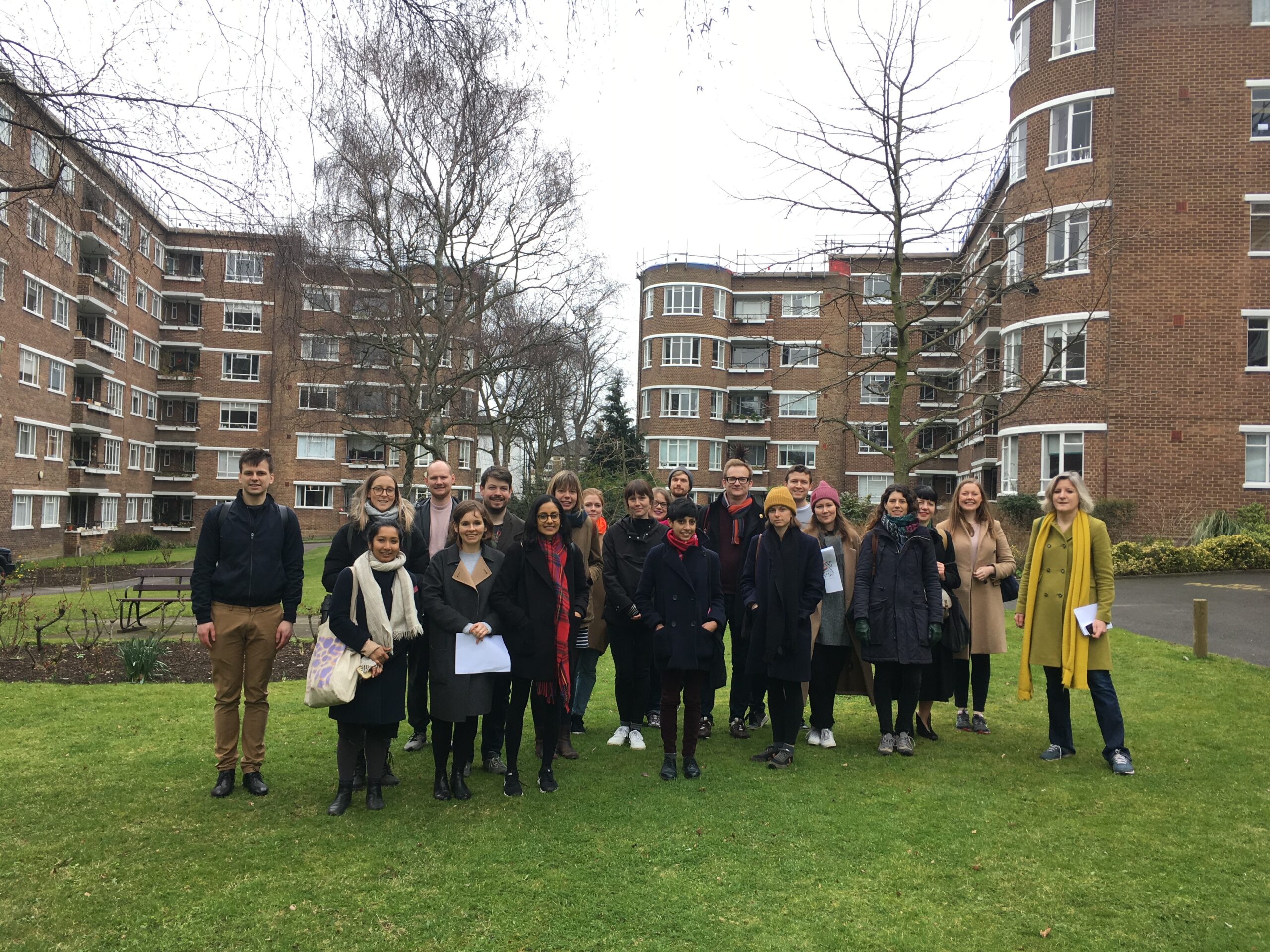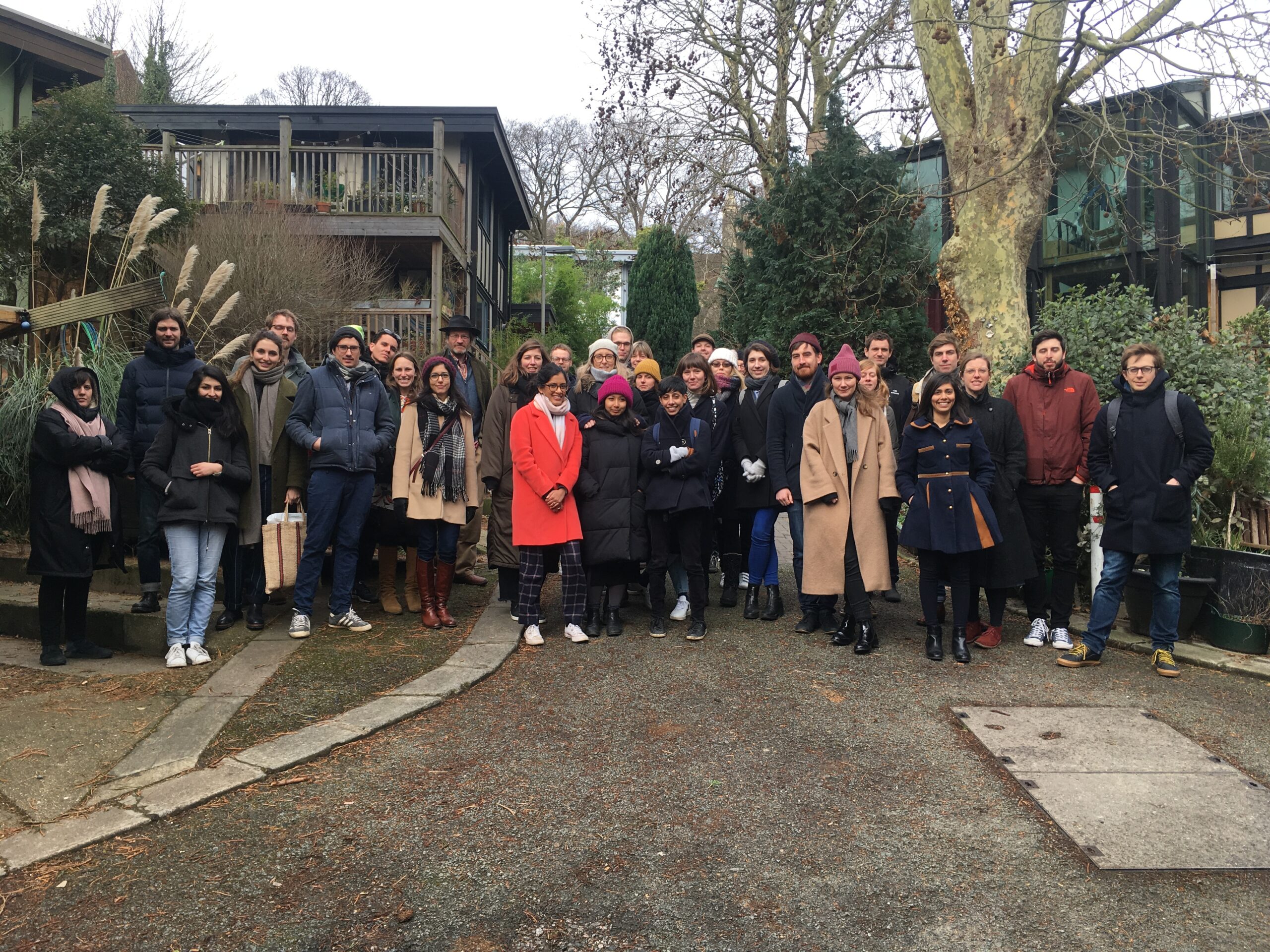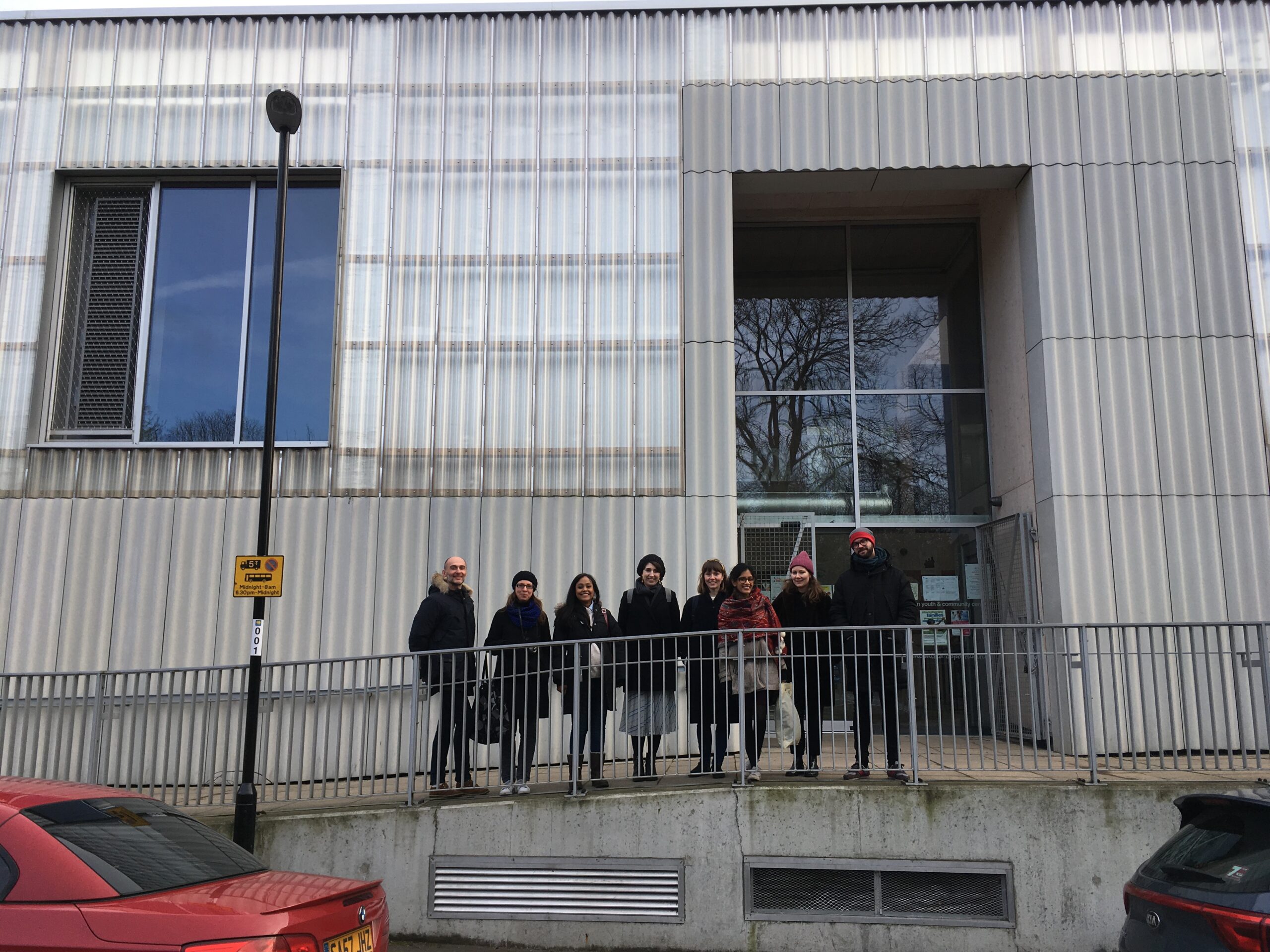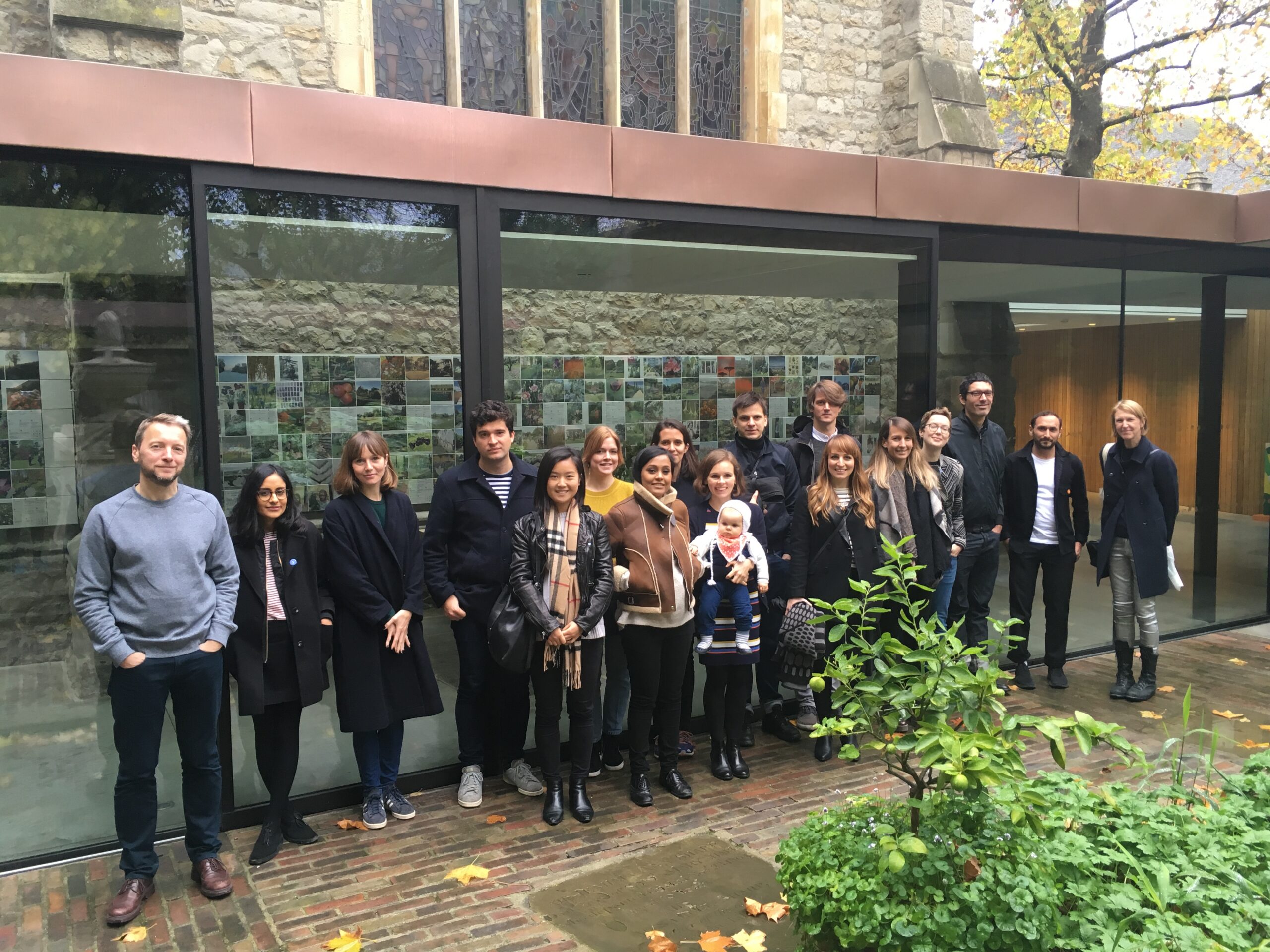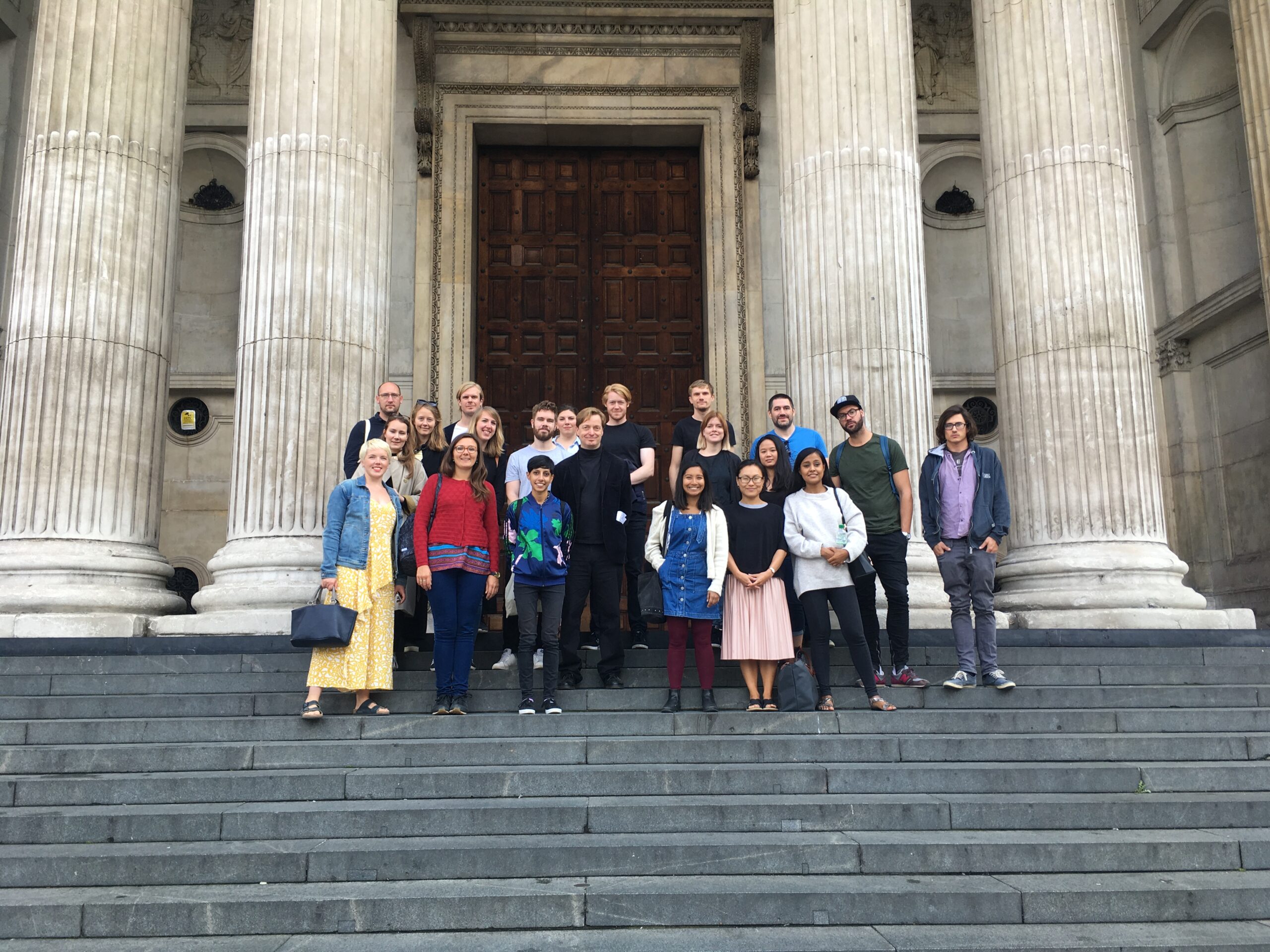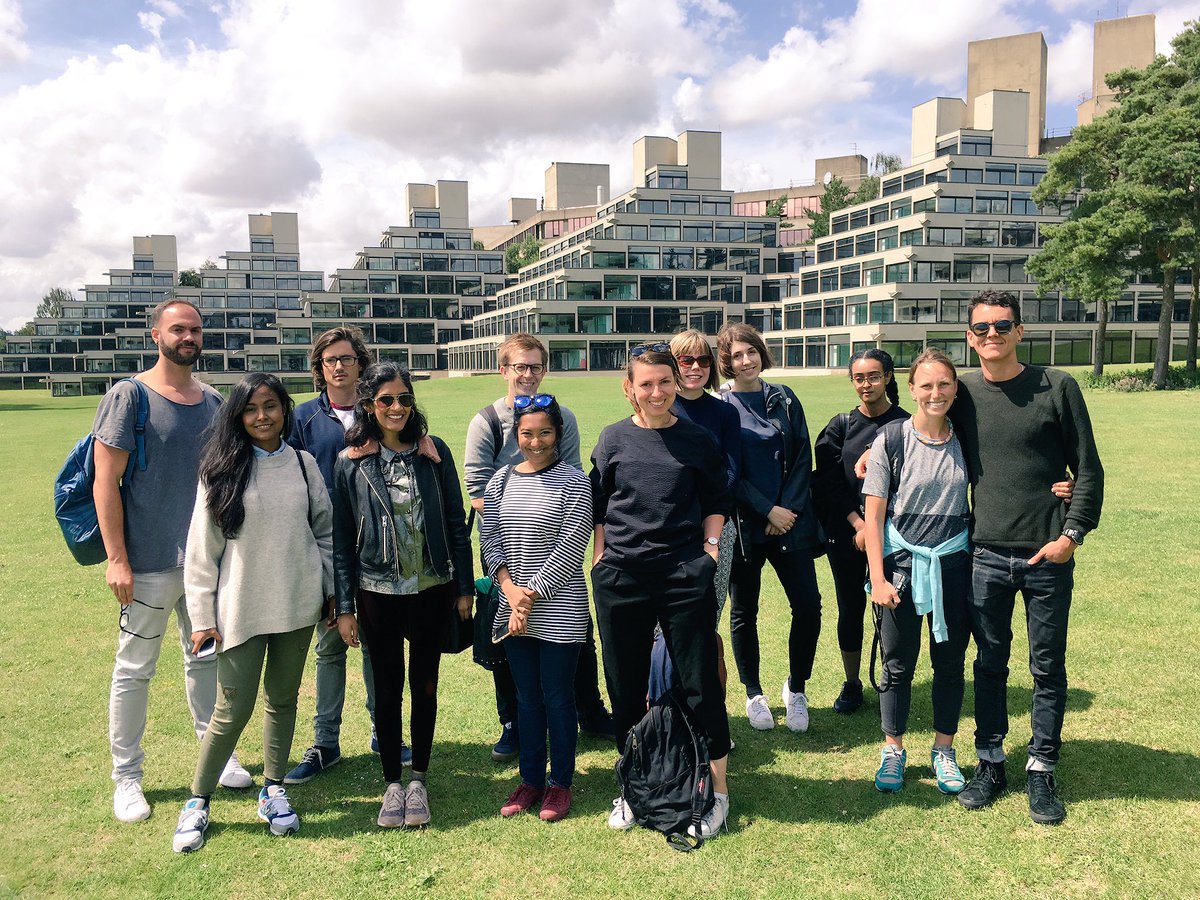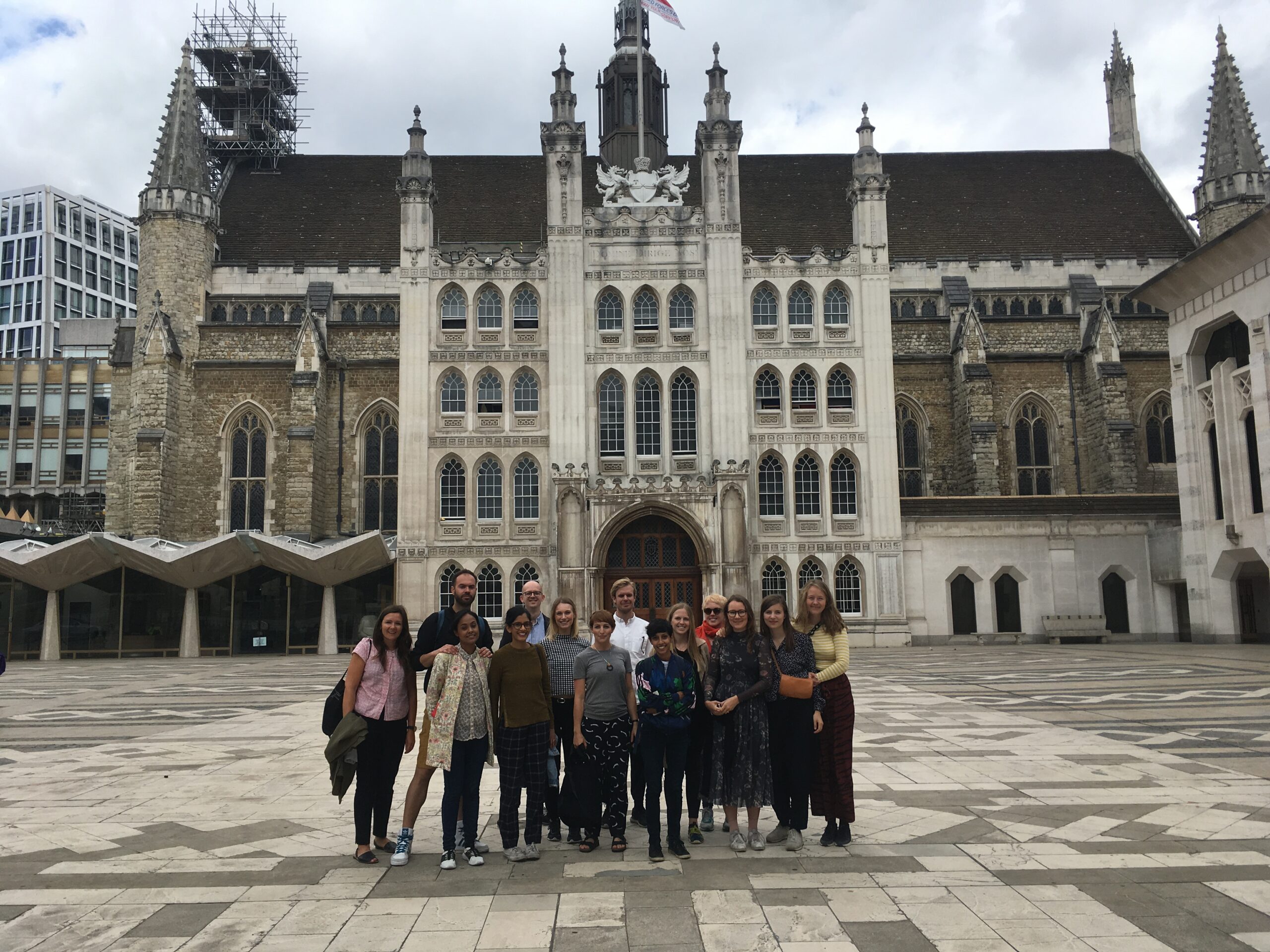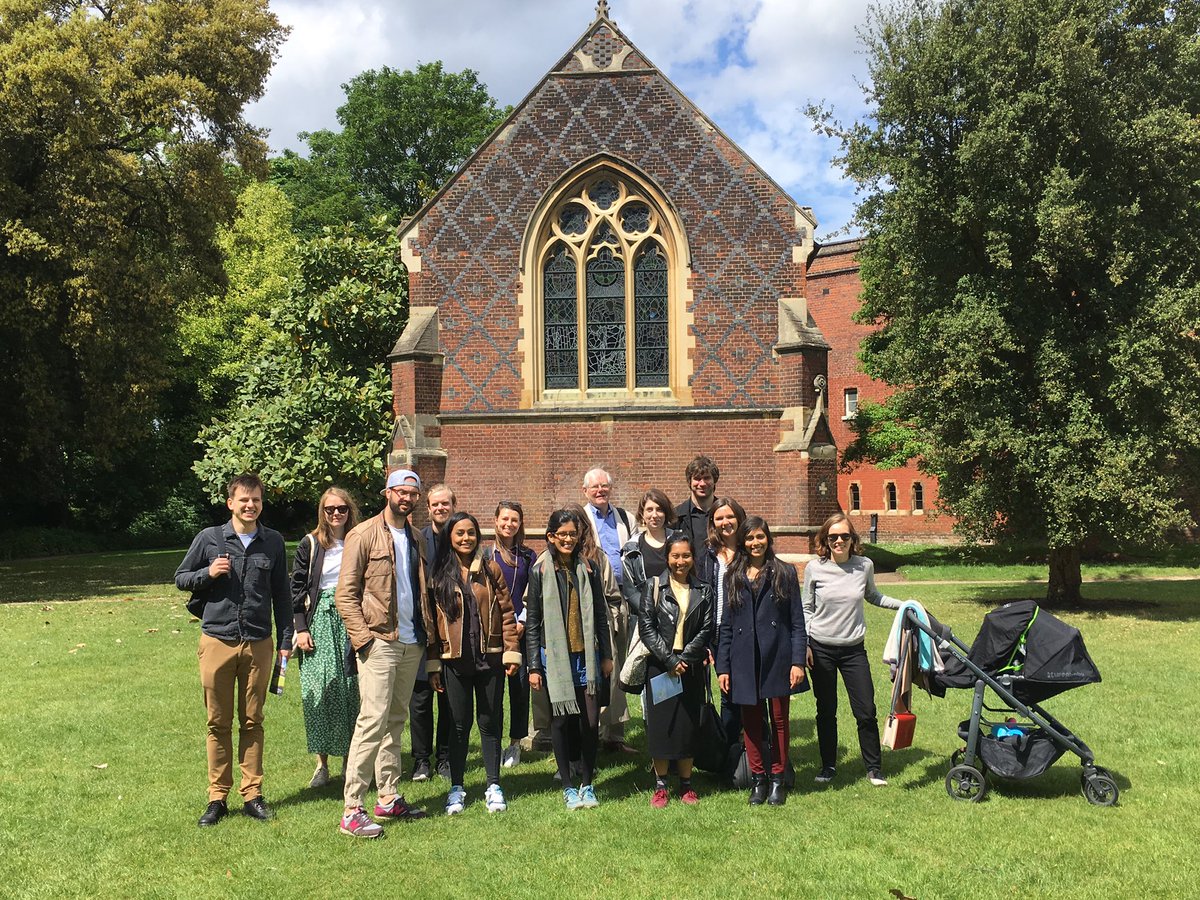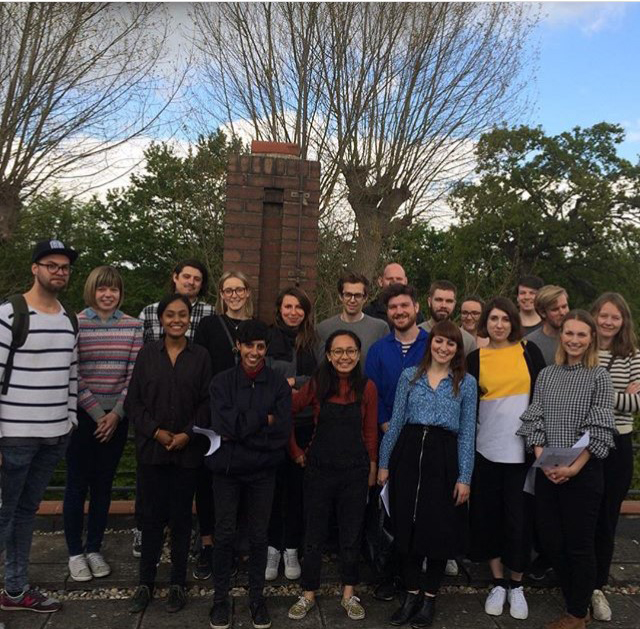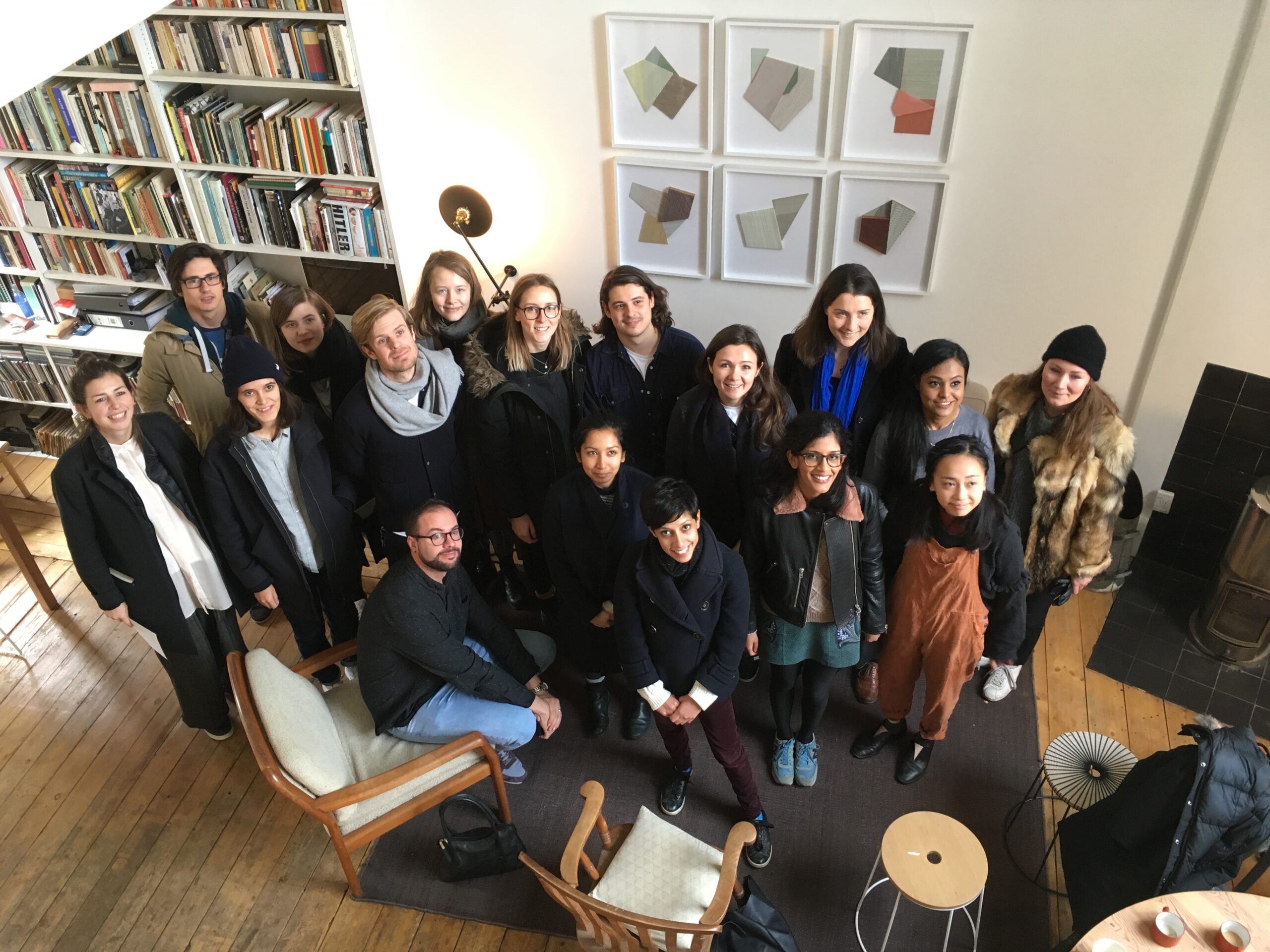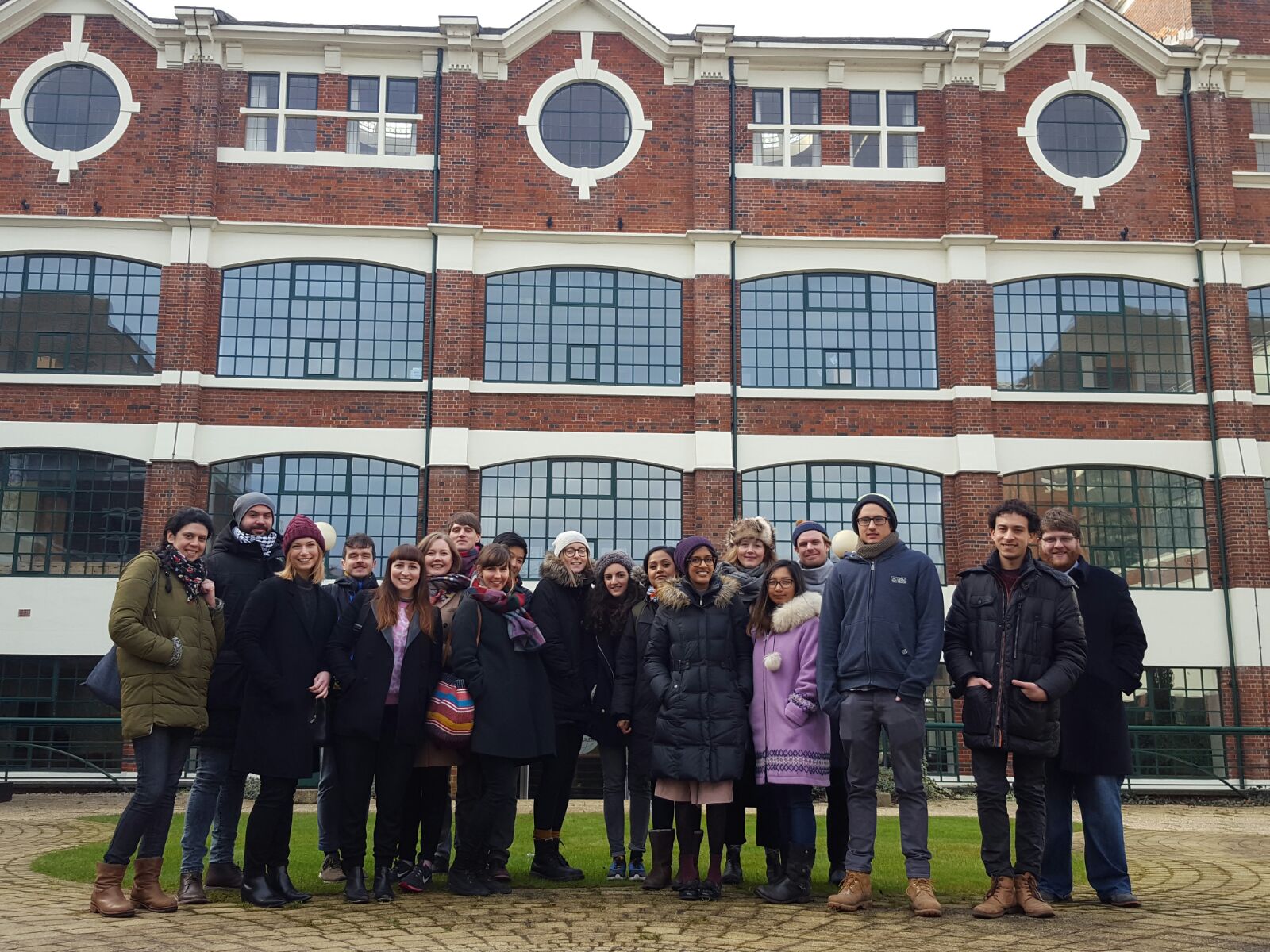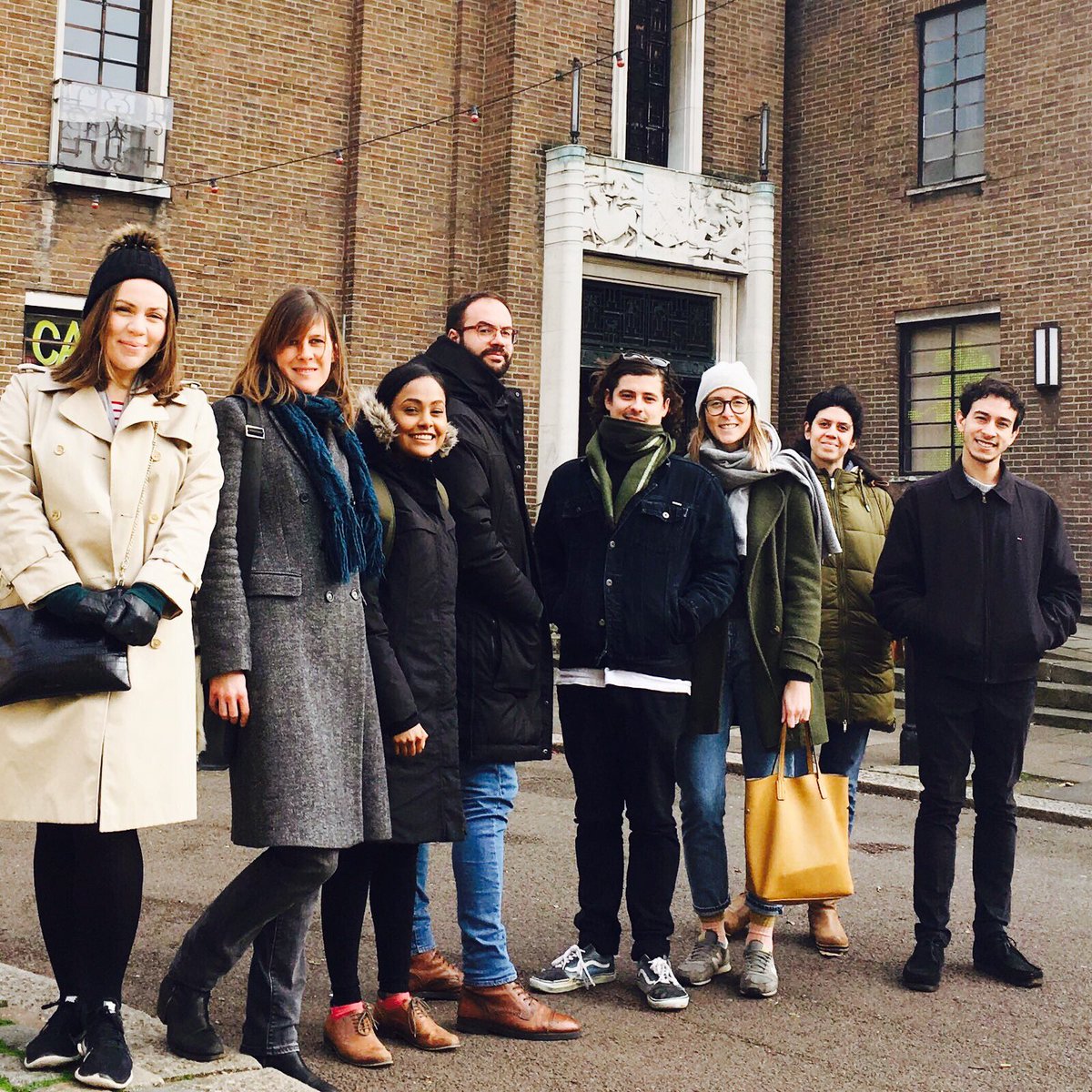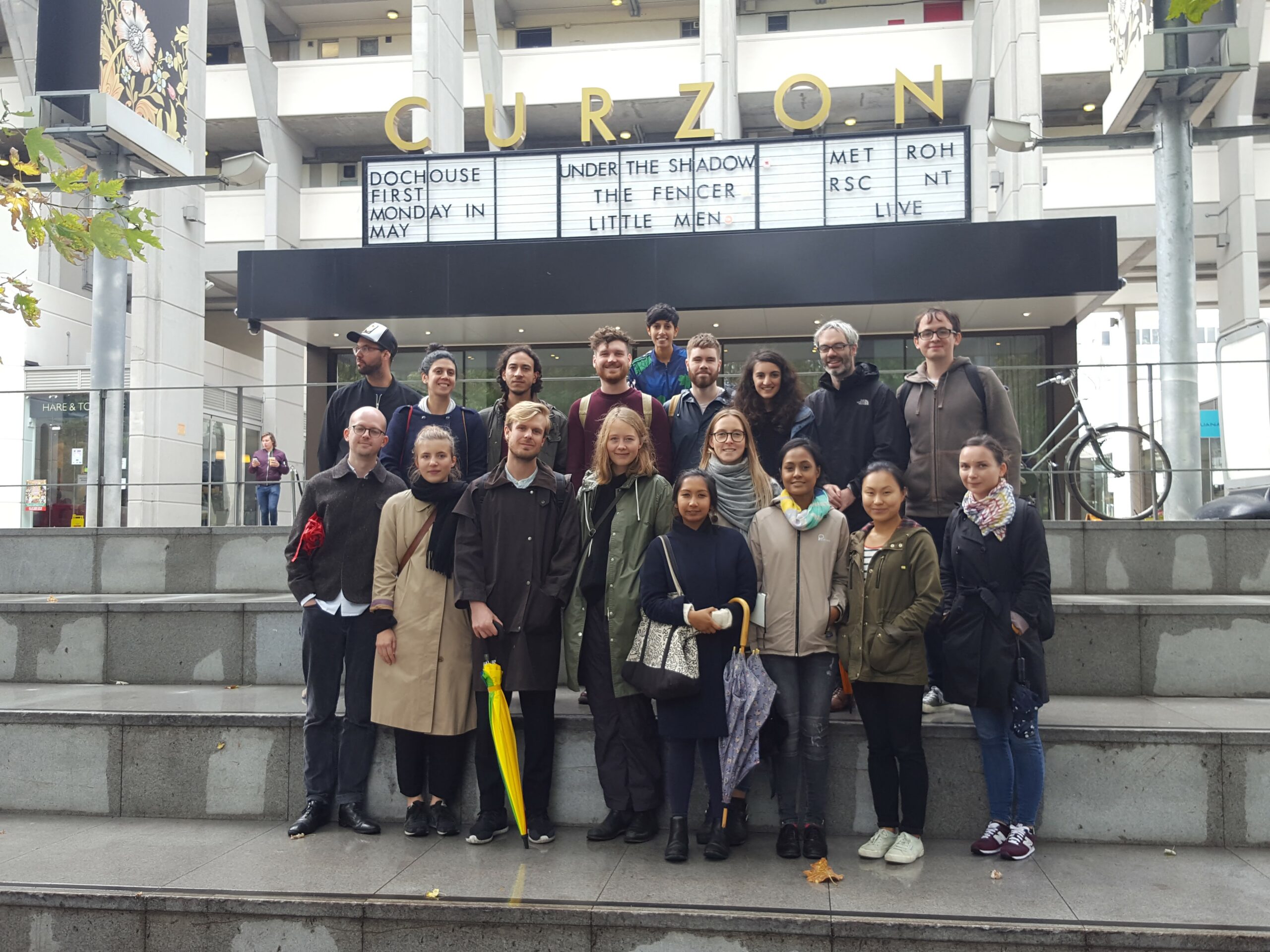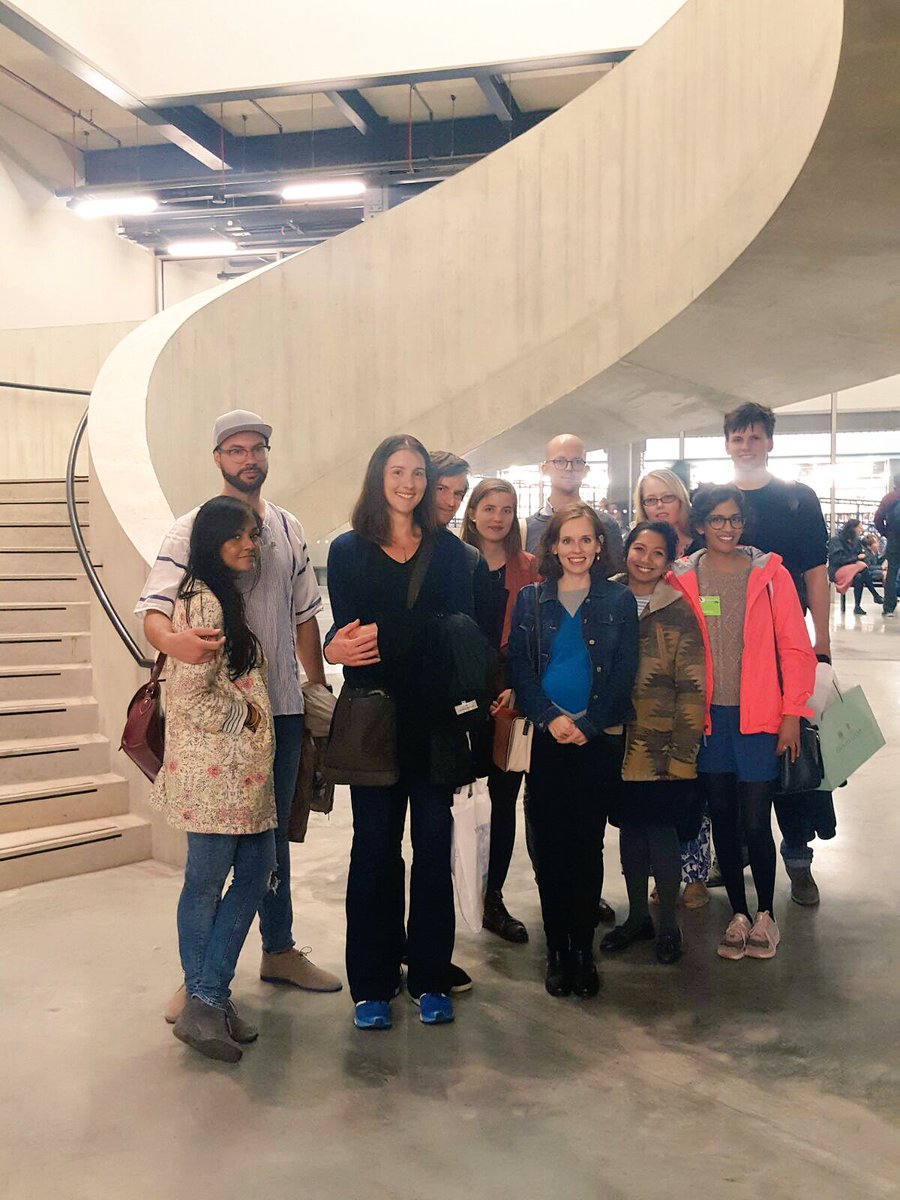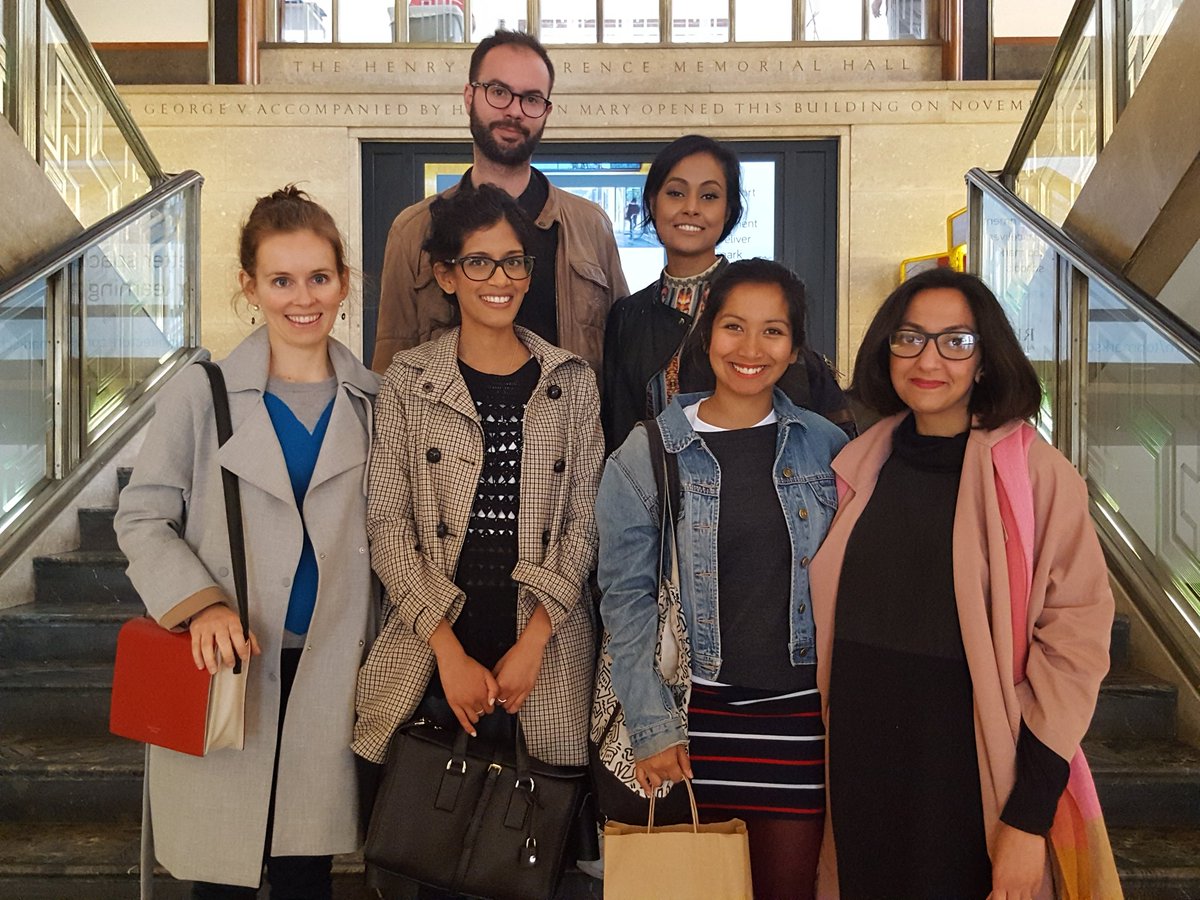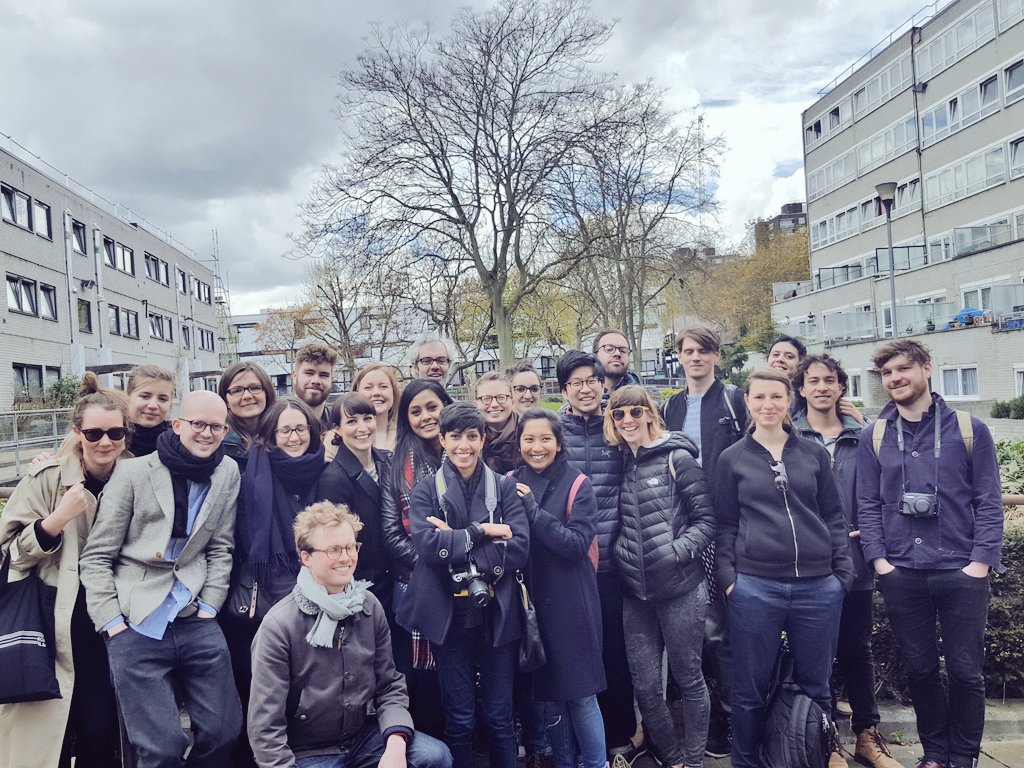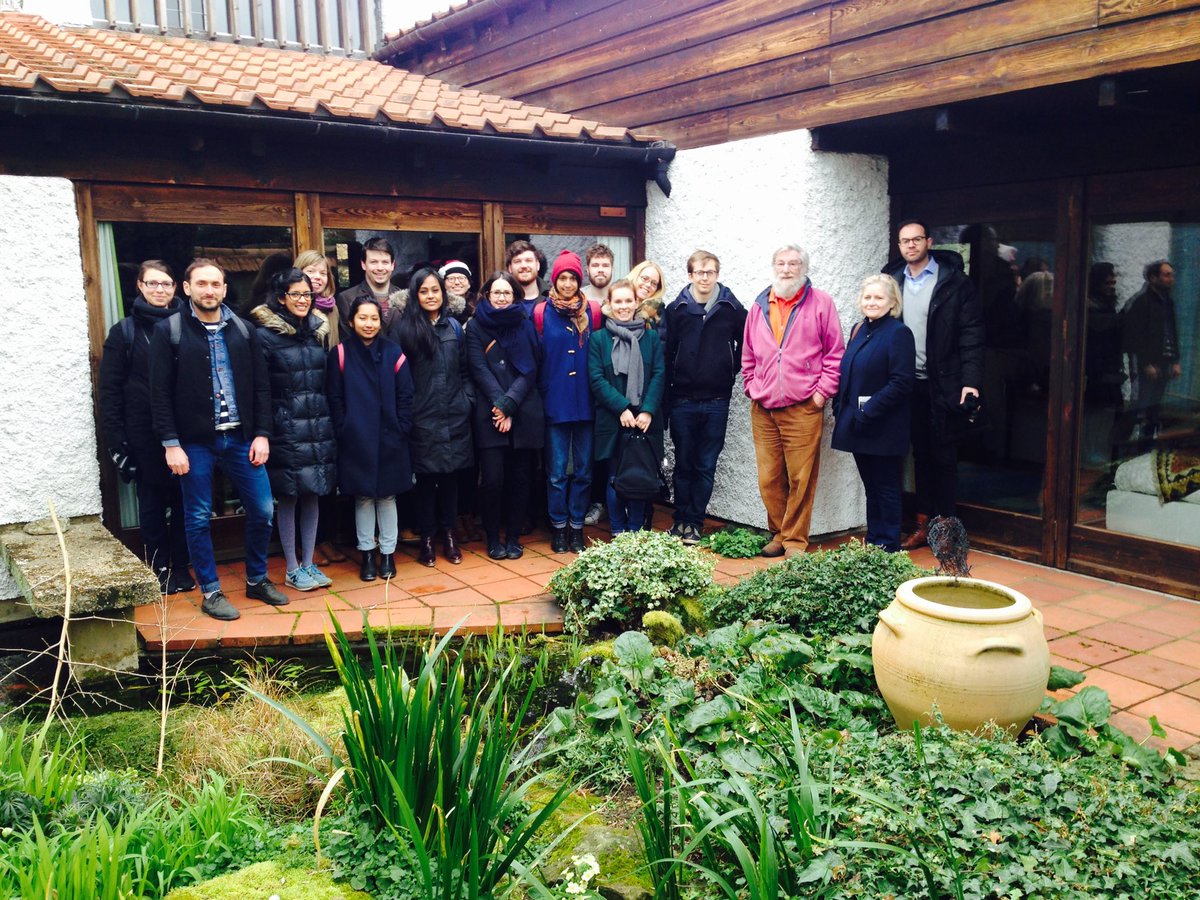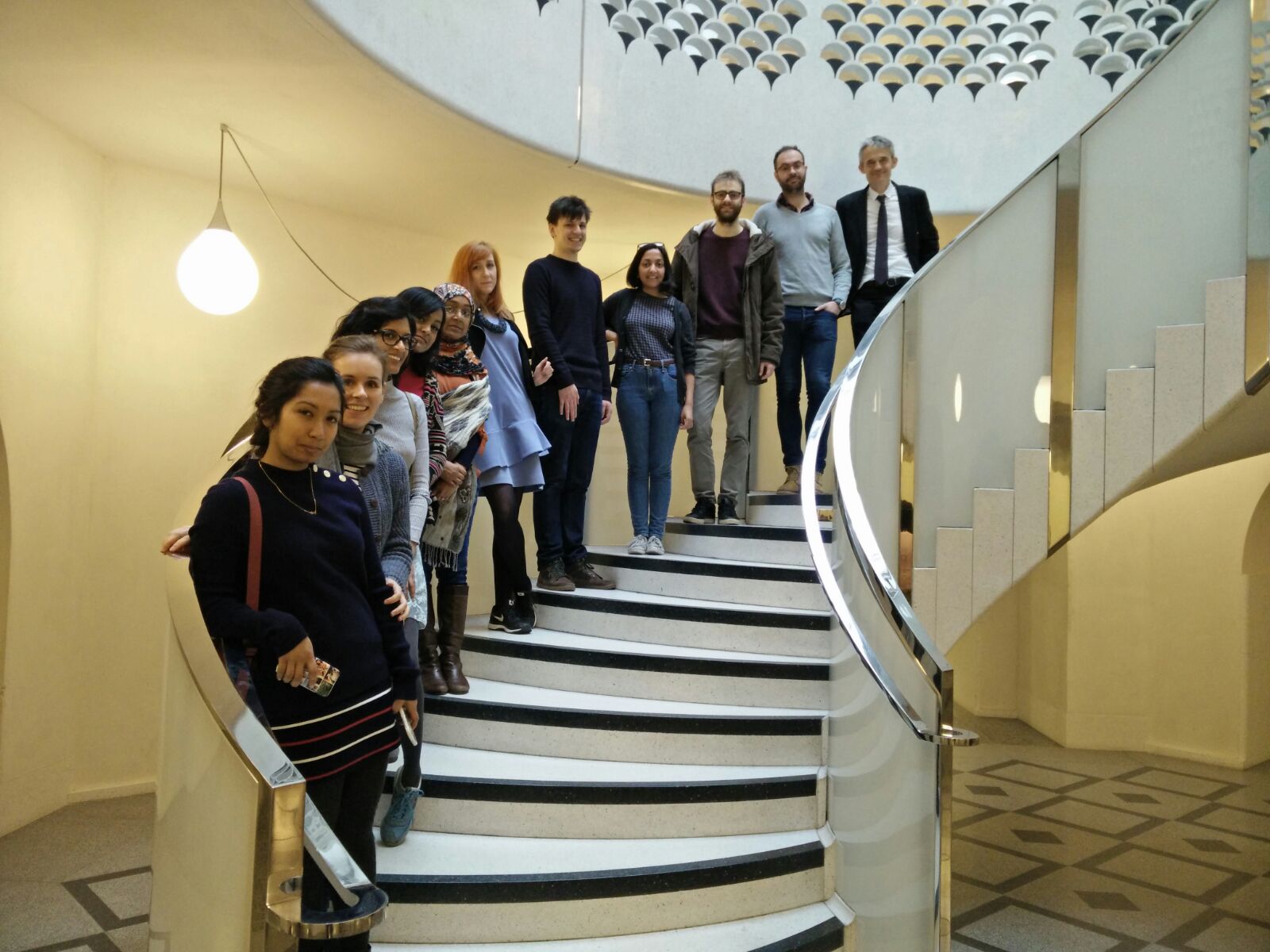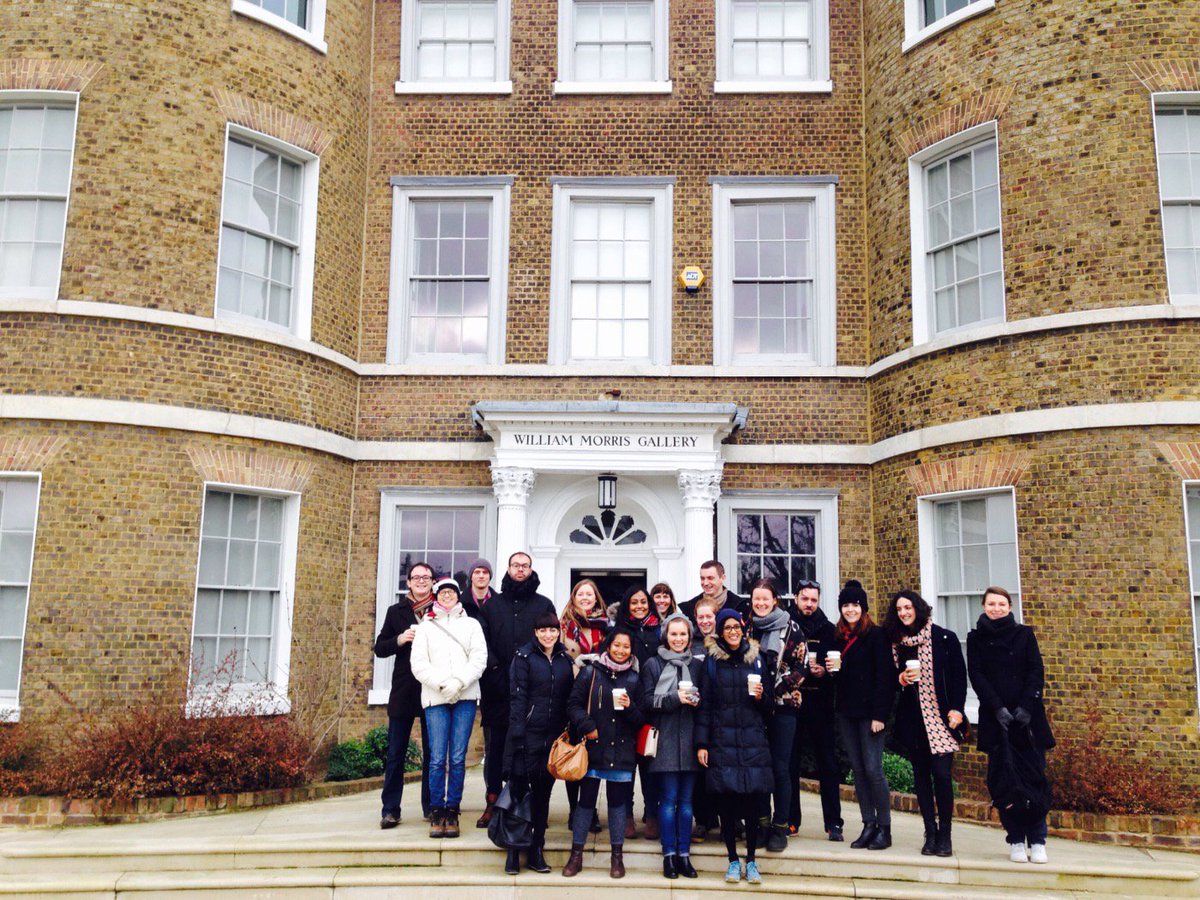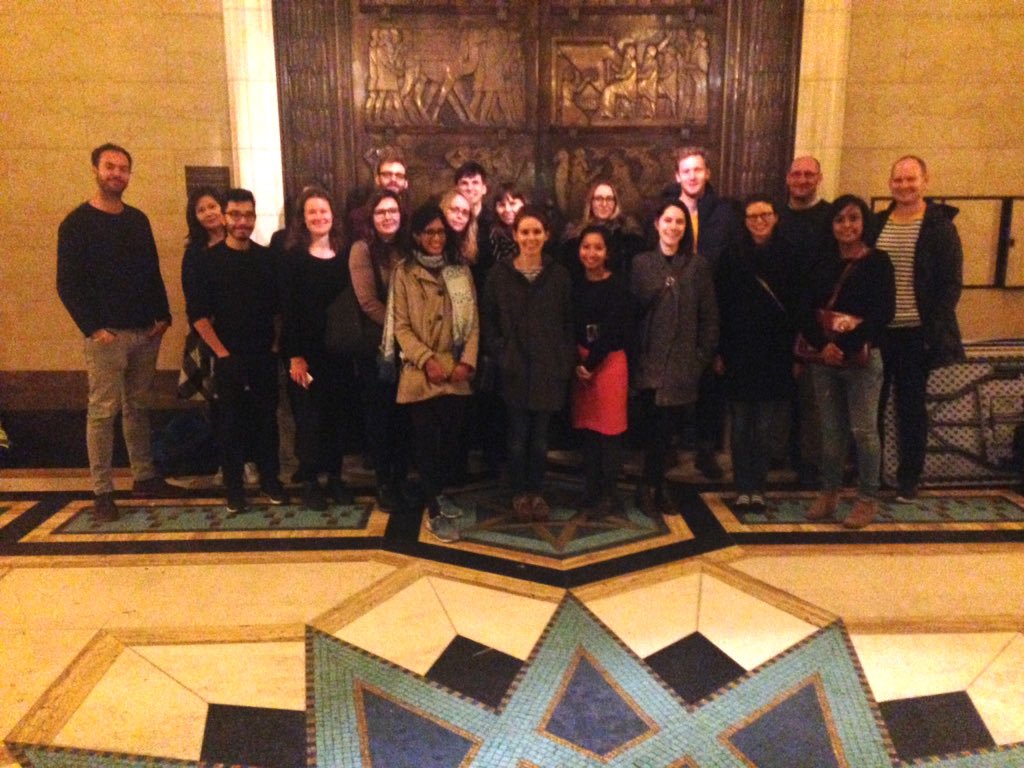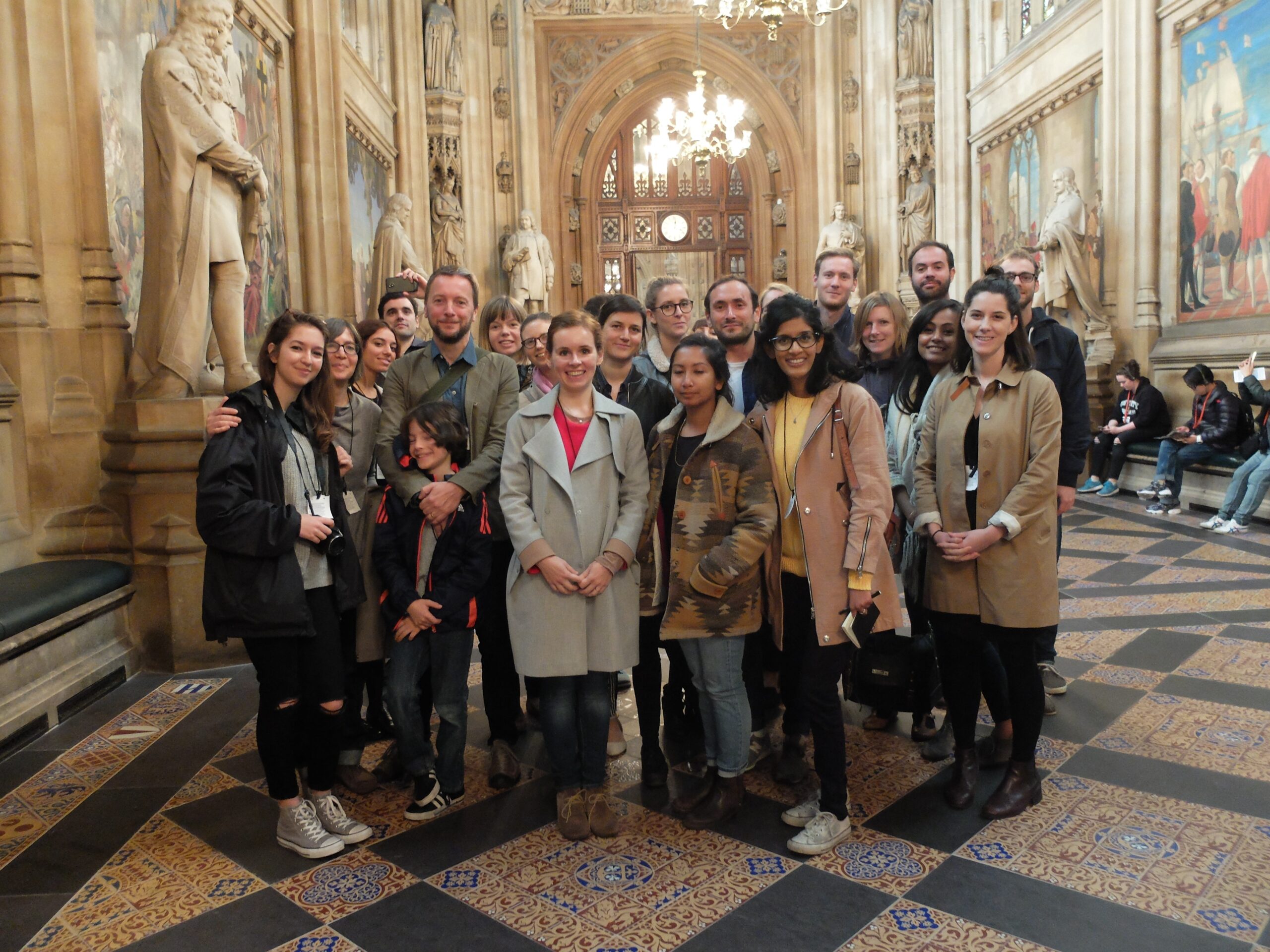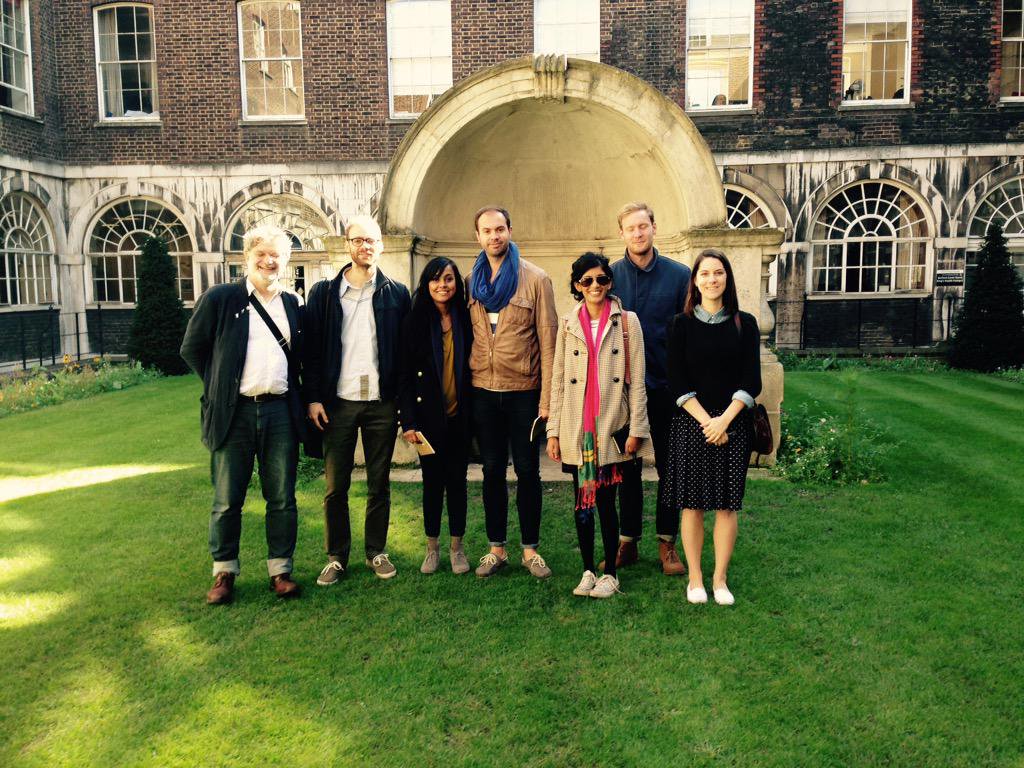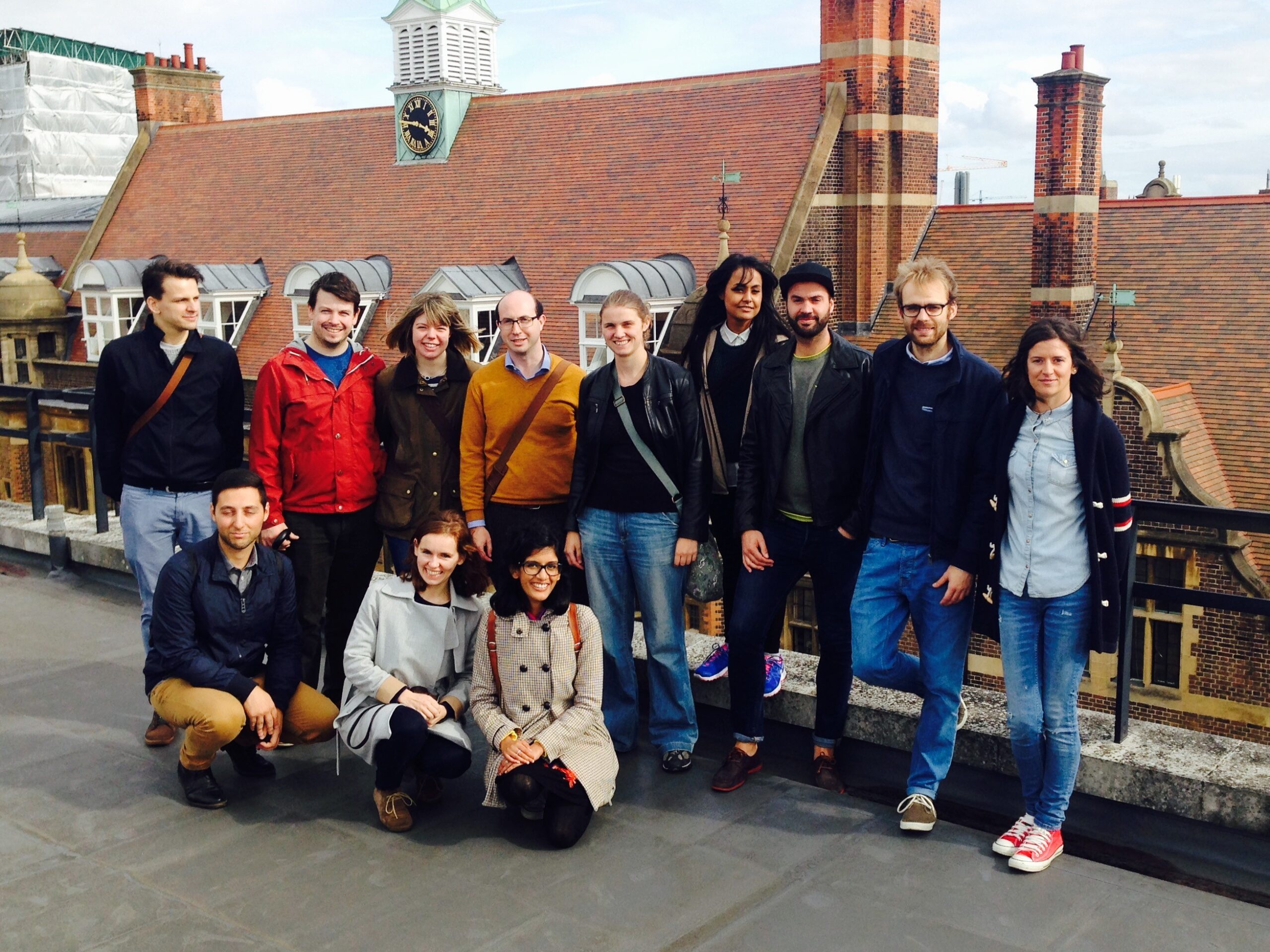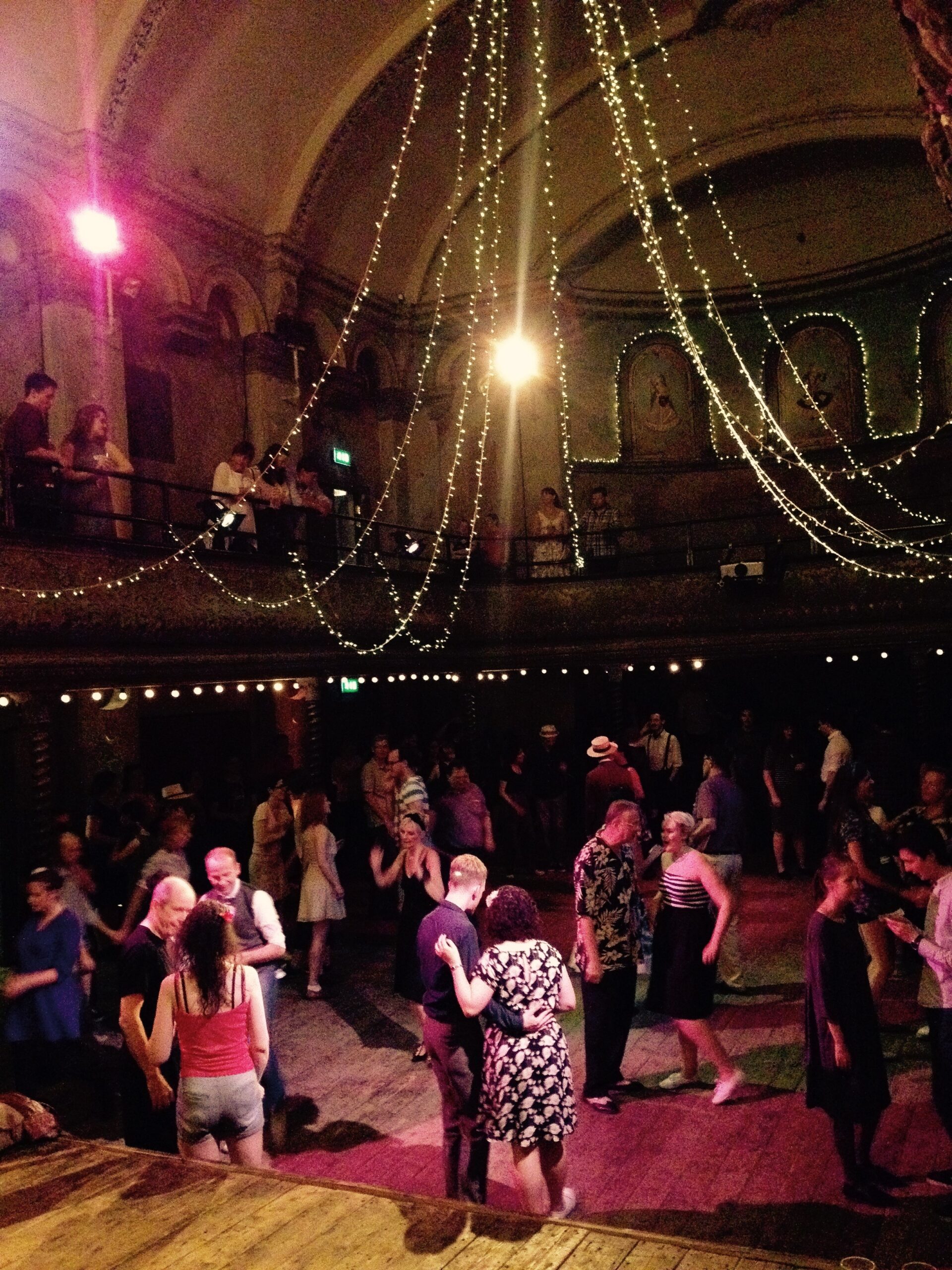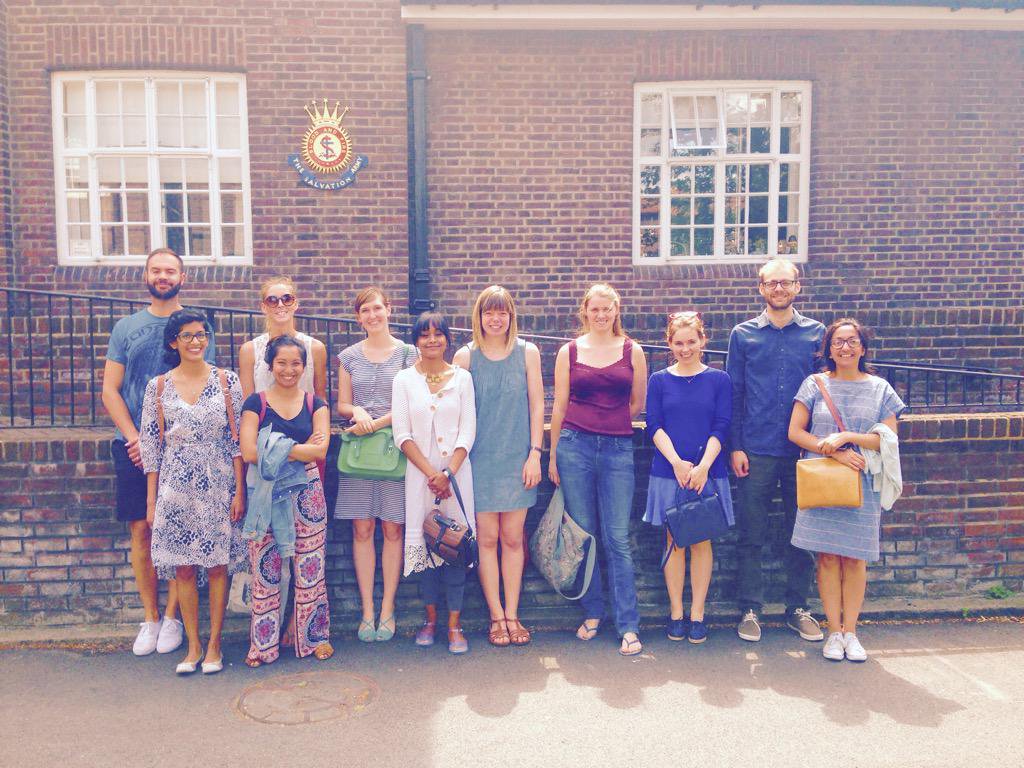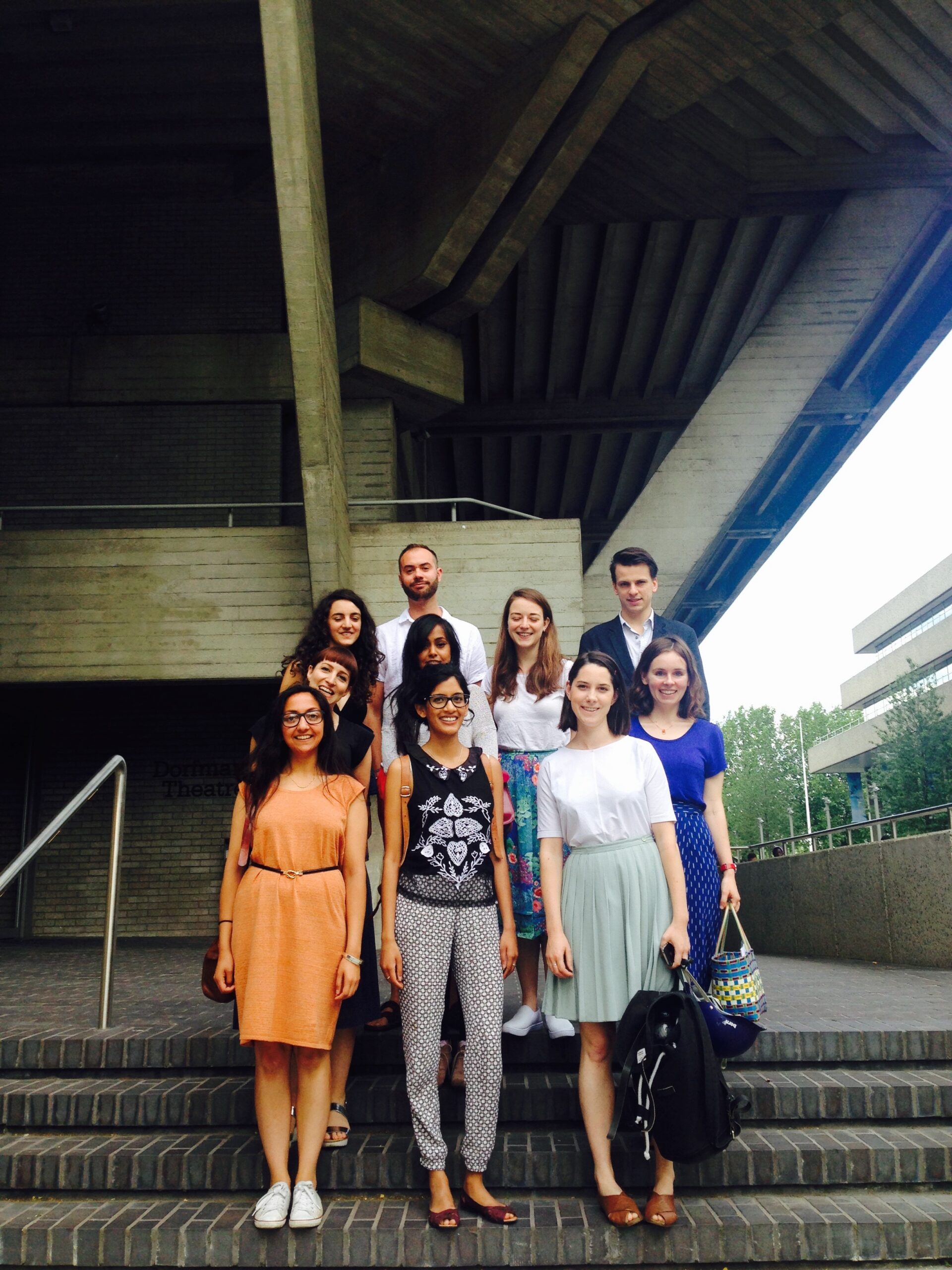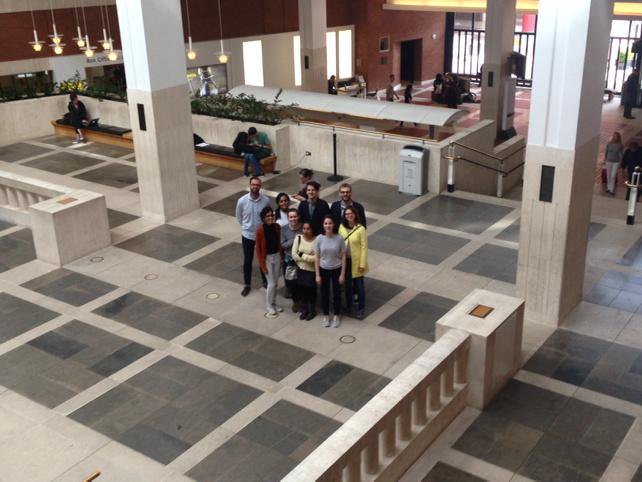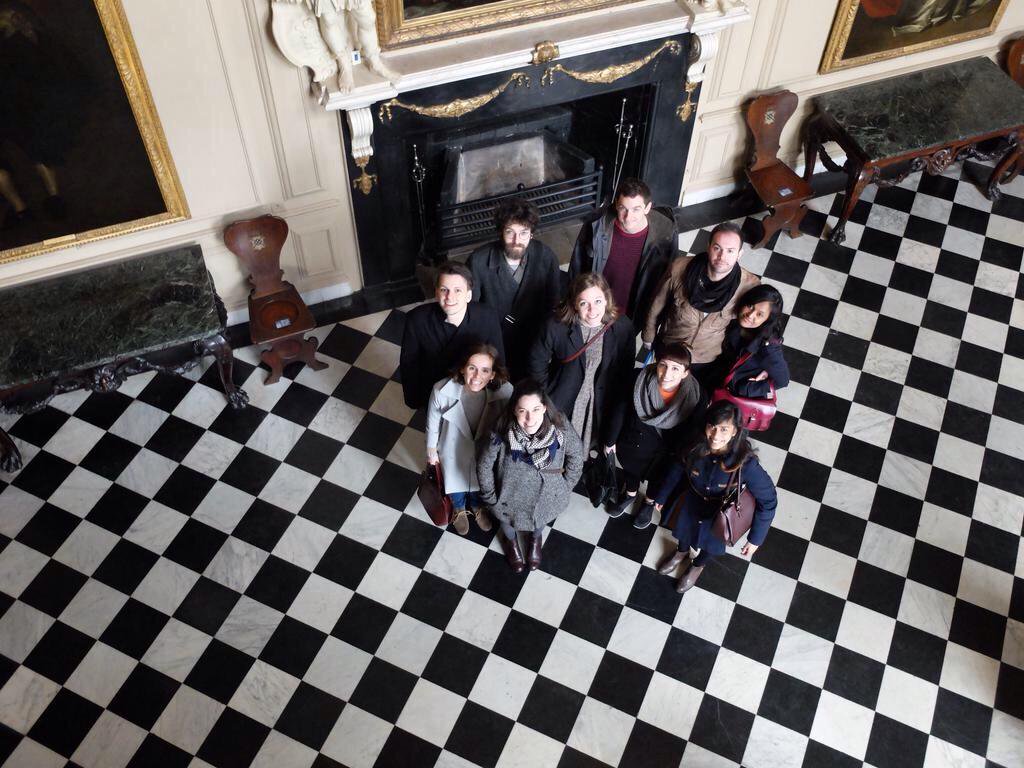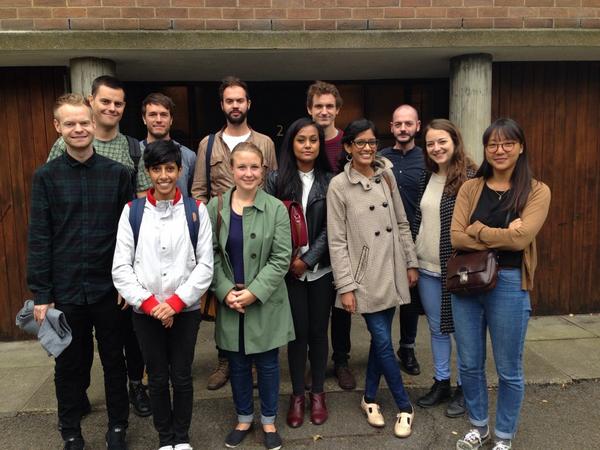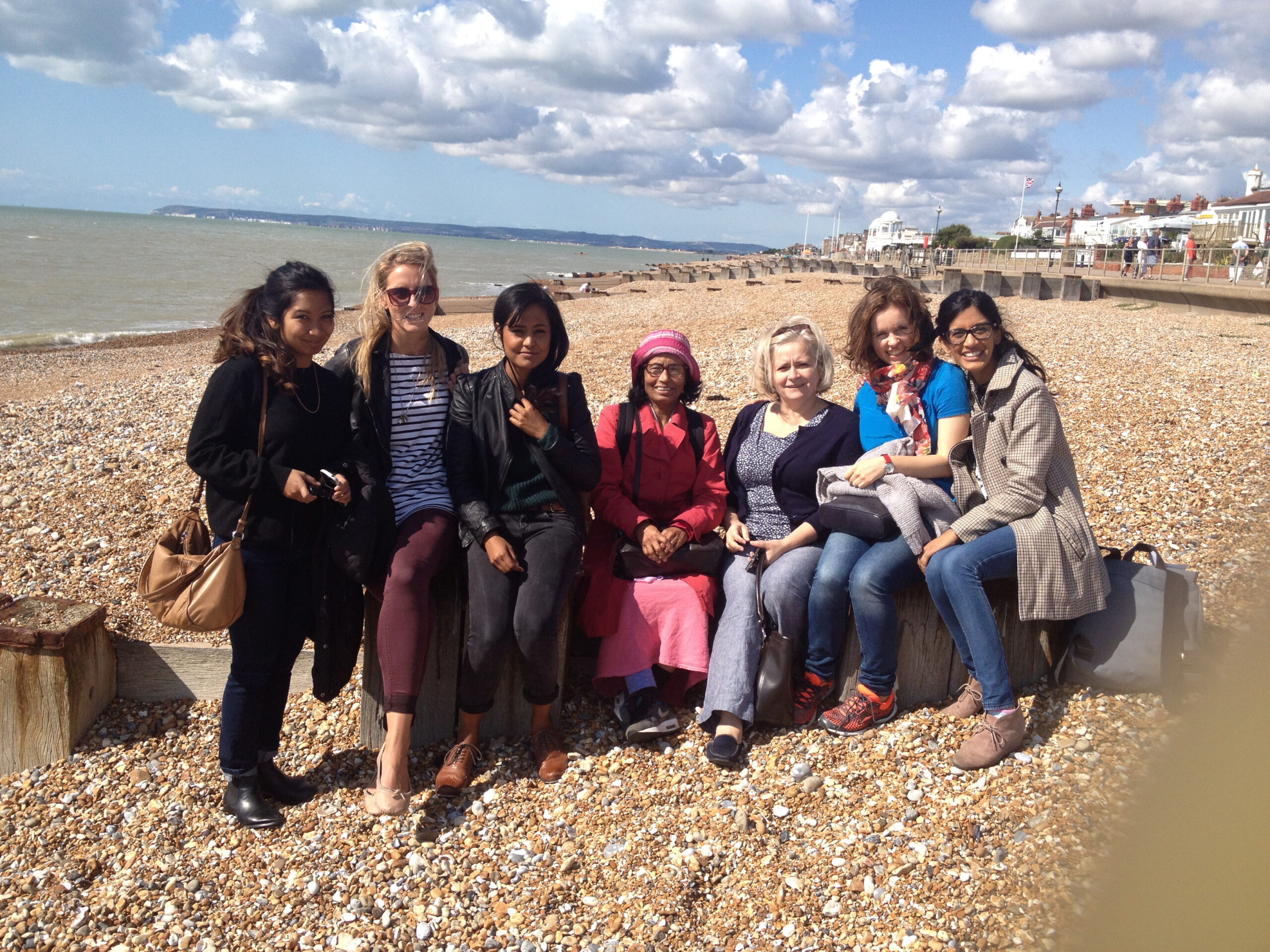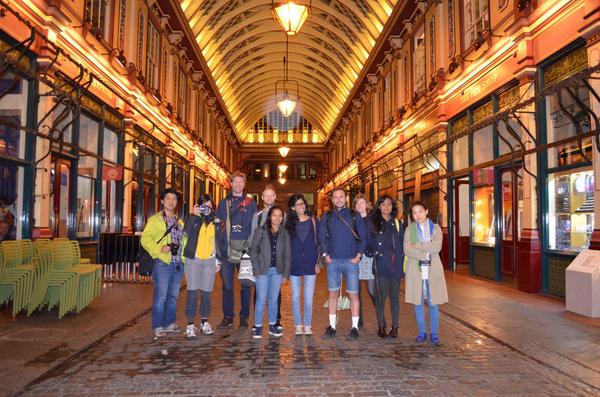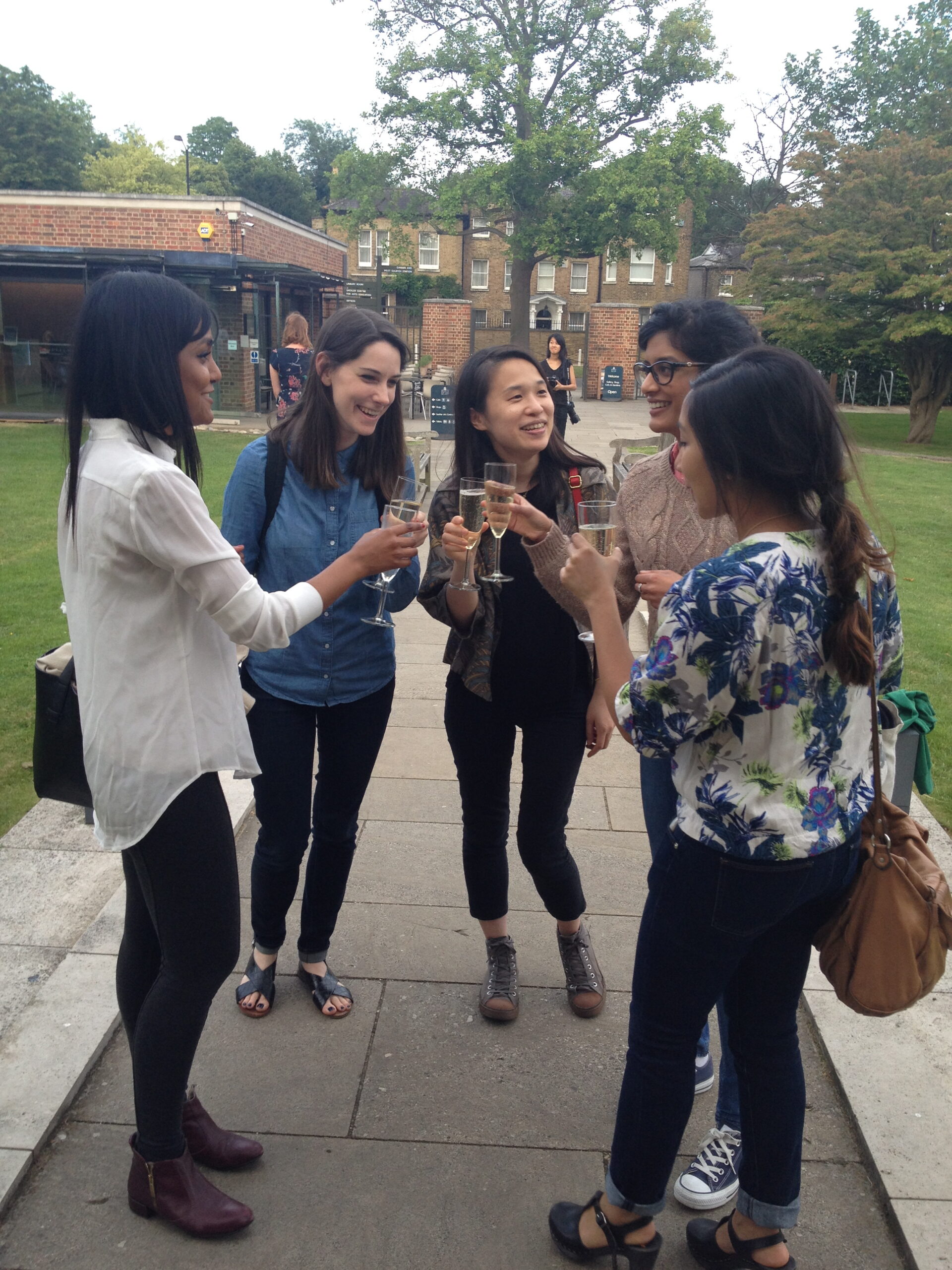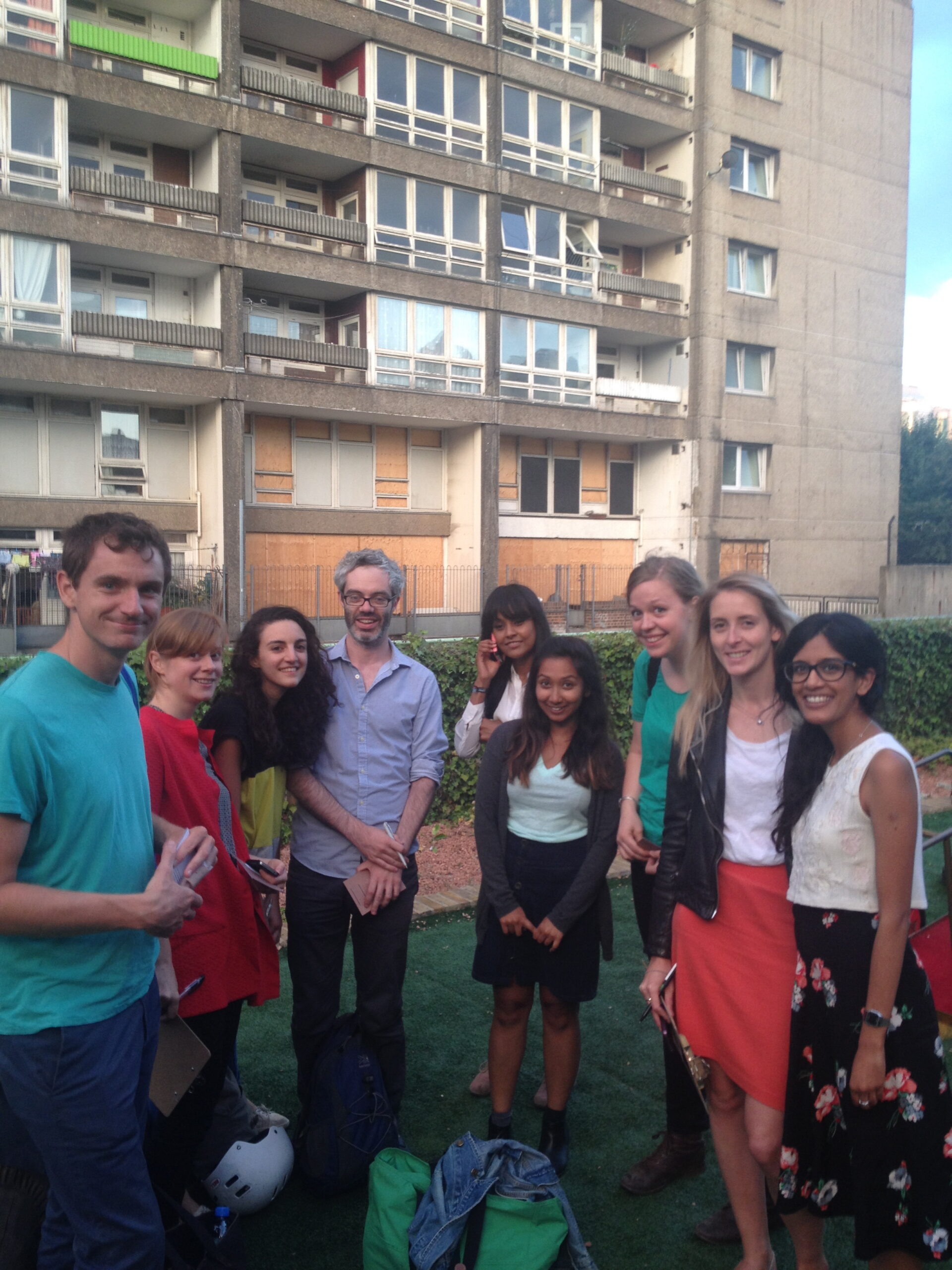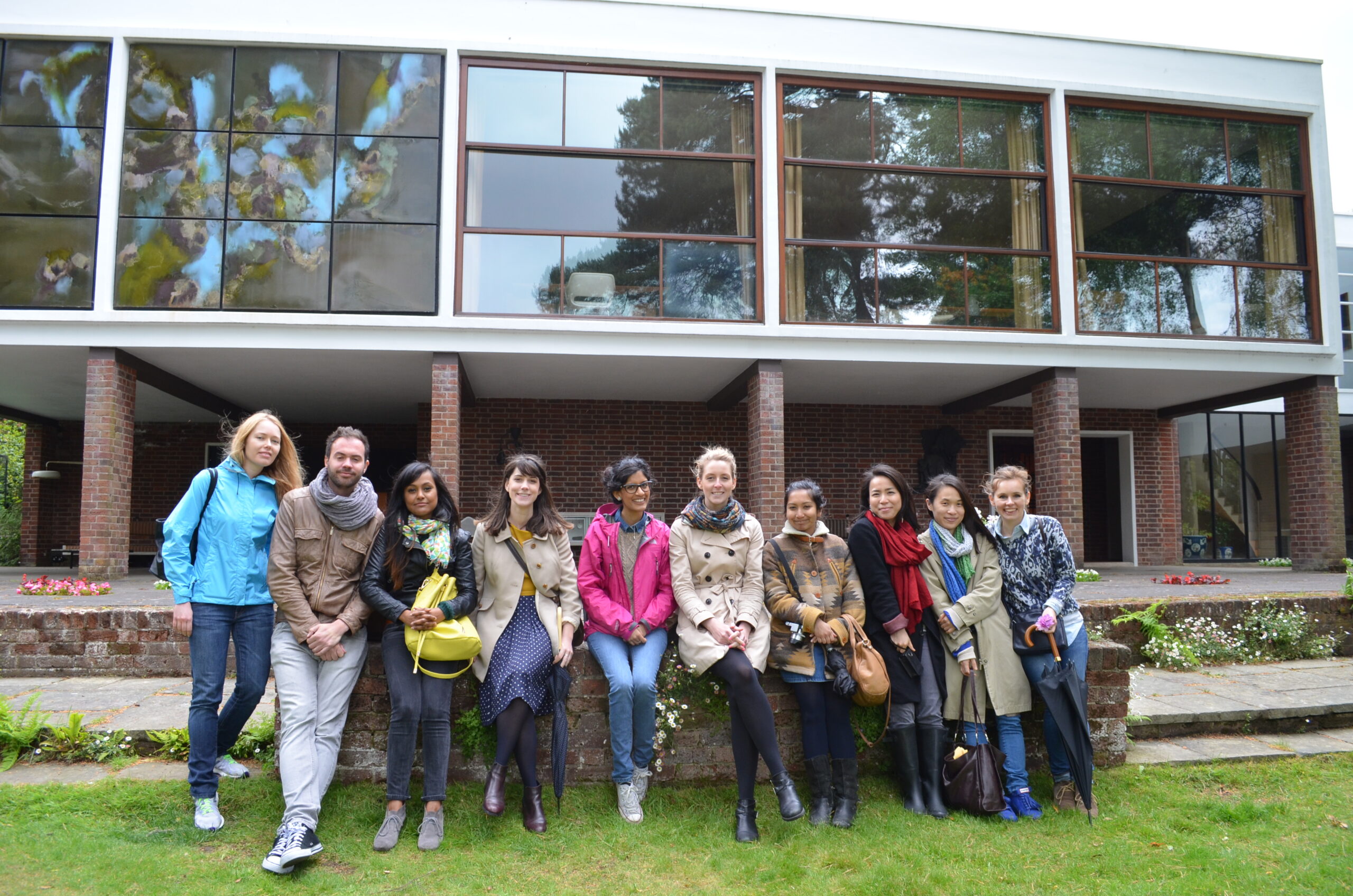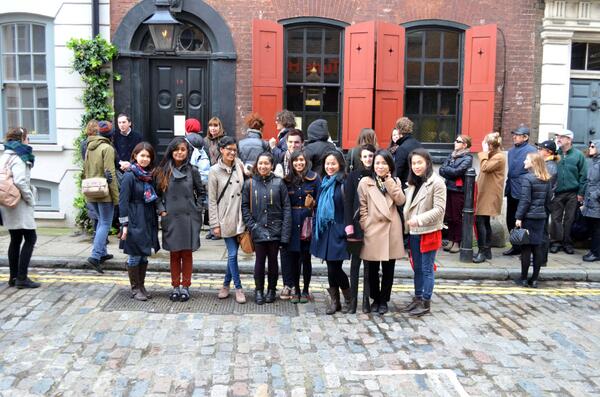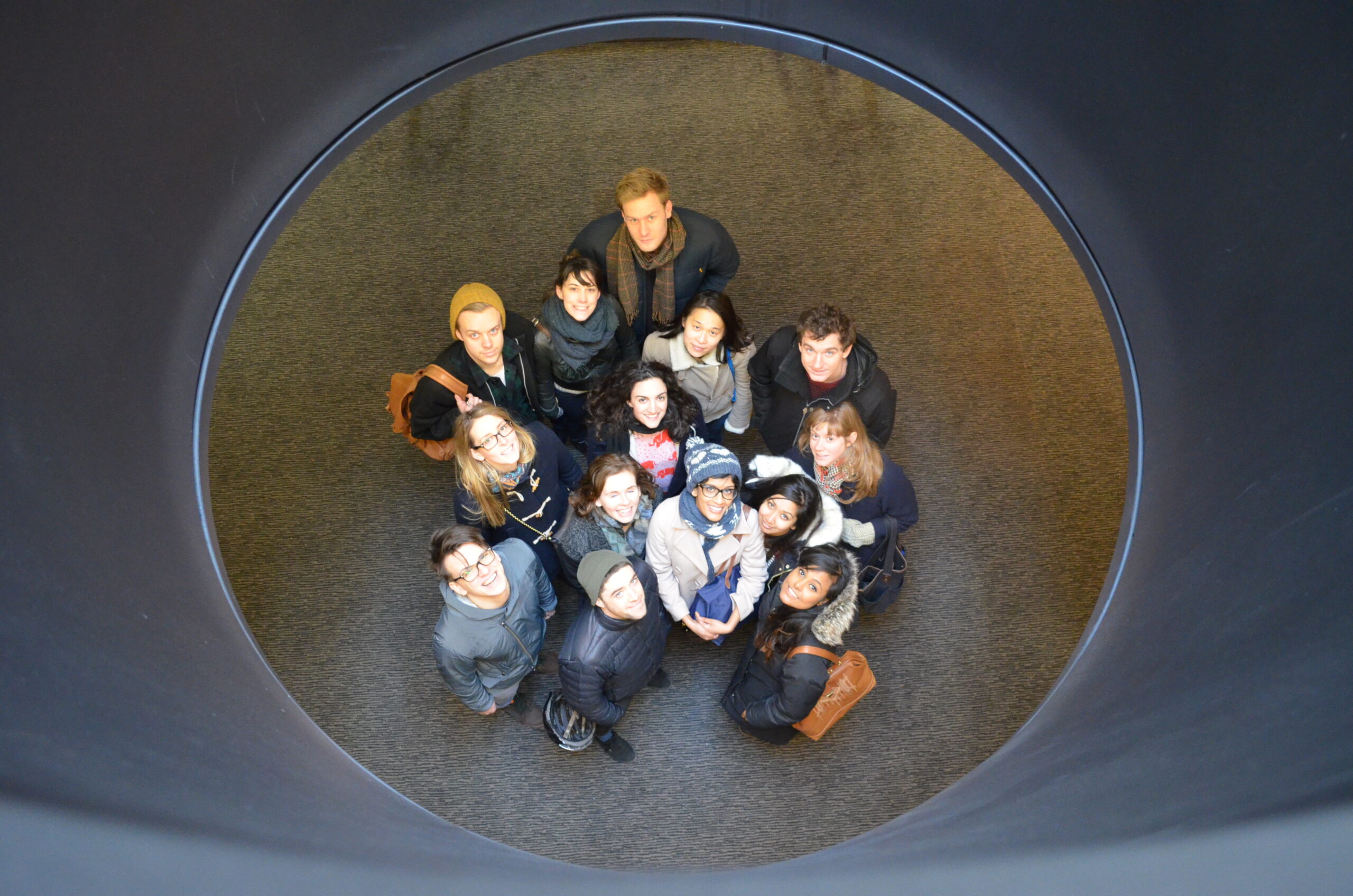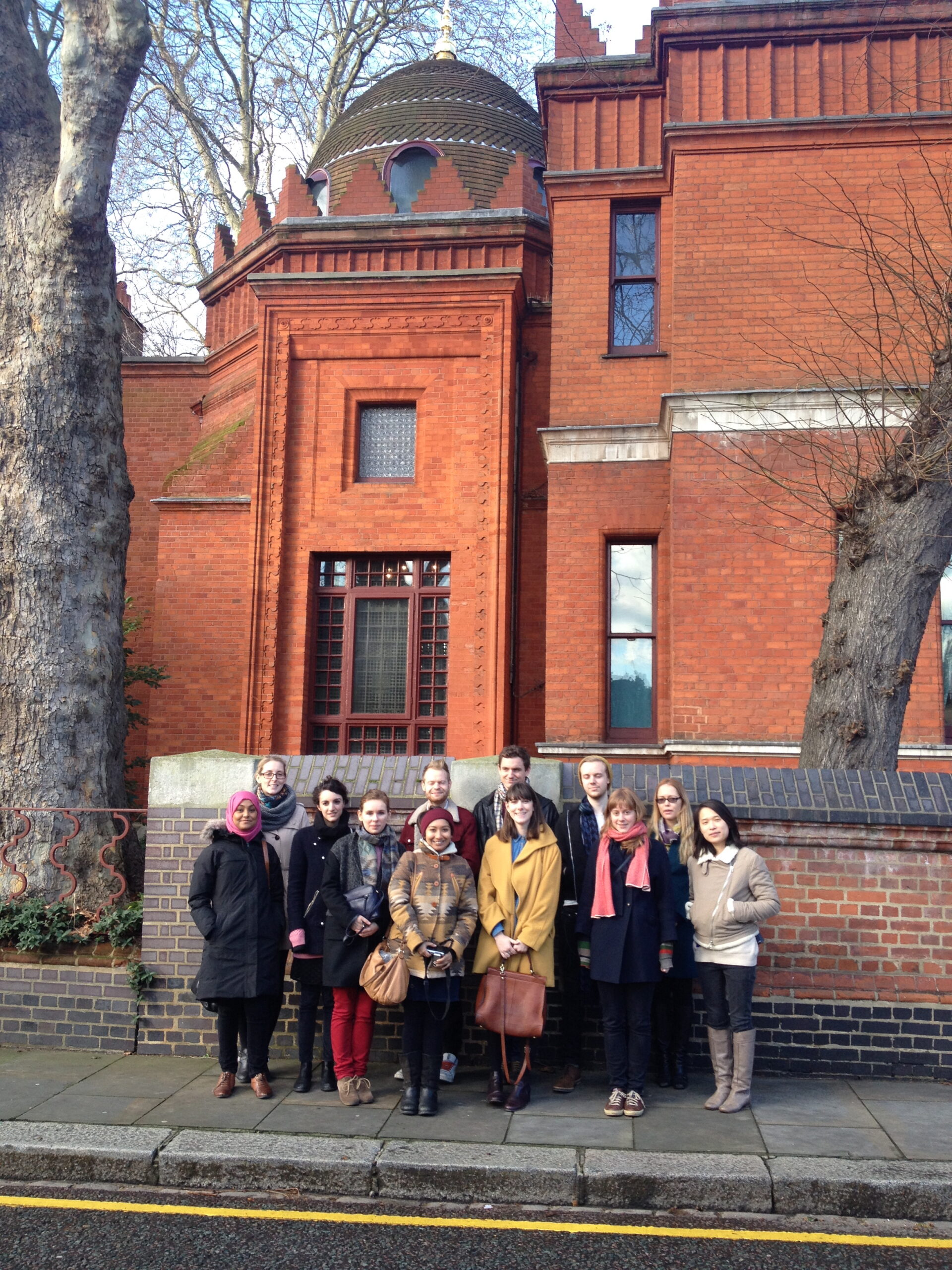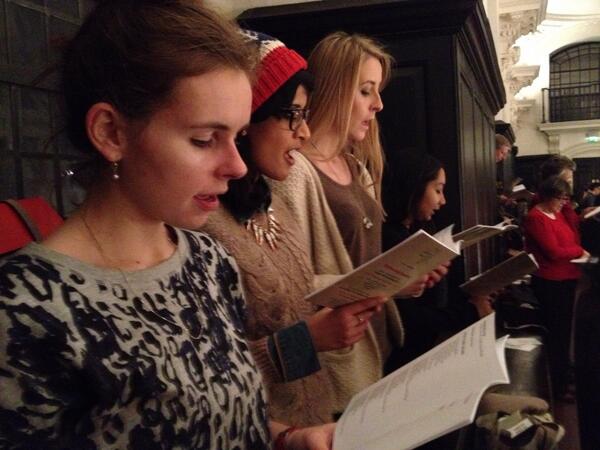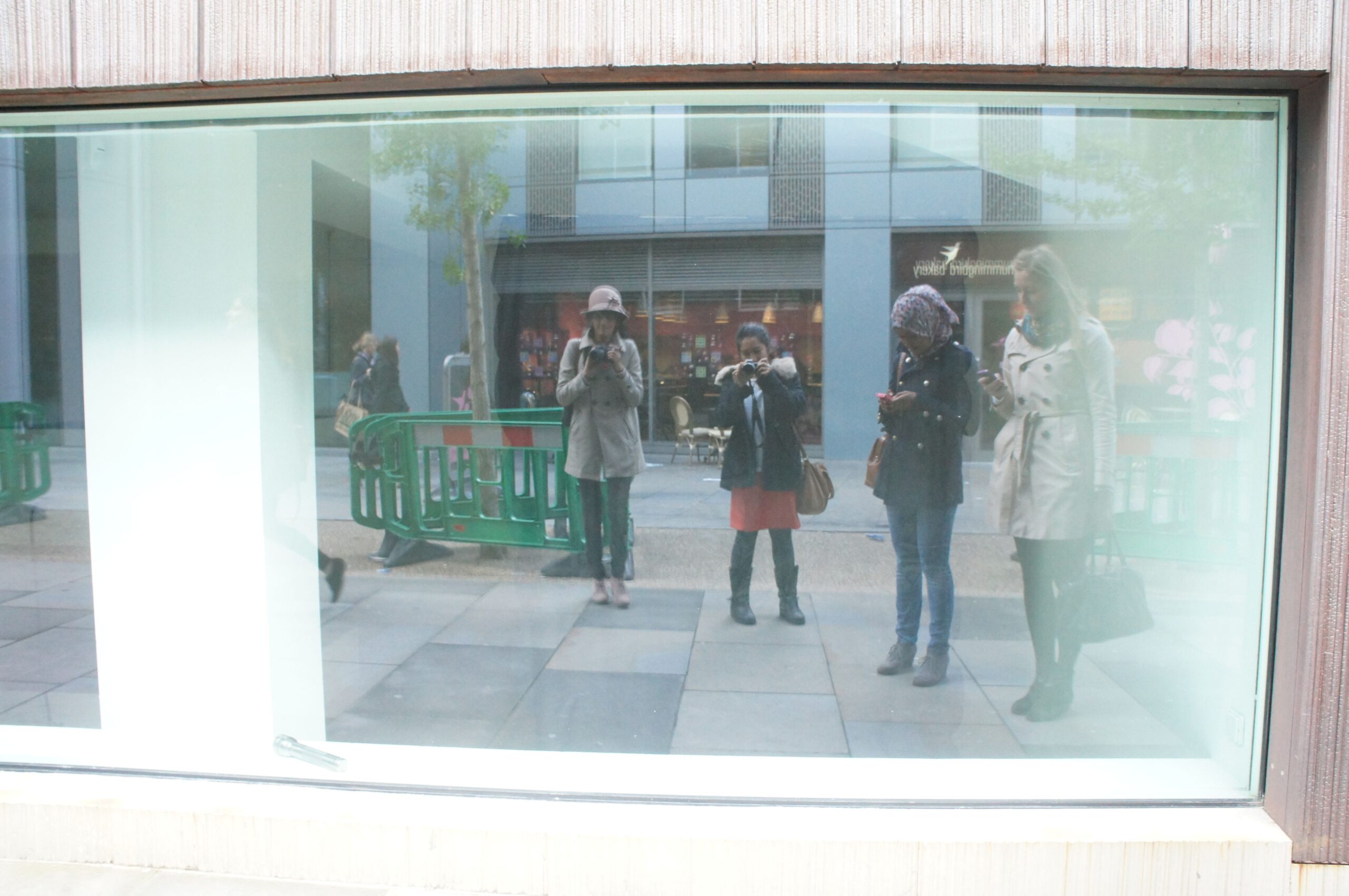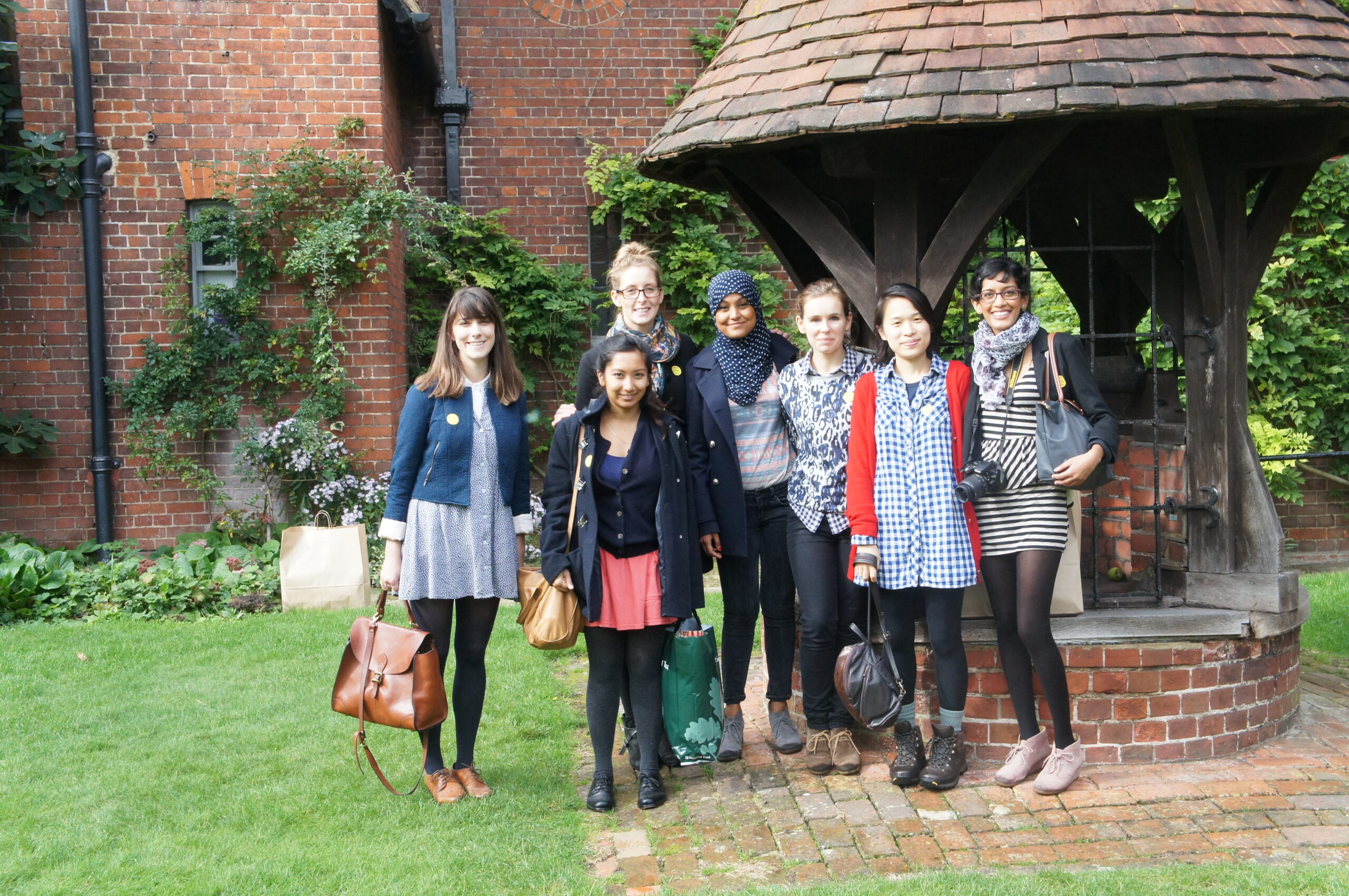14. Royal College of Physicians
A tour by Berwyn Kinsey of Denys Lasdun's Modernist college
Royal College of Physicians, Regents Park








On a crisp Autumn day, next to leafy Regent’s park, we visited the Royal College of Physicians, which stands out like a physician in a white overcoat.
The Royal College of Physicians, which was founded in 1518 made a bold leap when choosing the daring Denys Lasdun to design their building. They interviewed him in their former headquarters in Trafalgar Square, of which pieces including portraits and books can now be found in the younger building. They didn’t want an mish-mash classicism, they wanted something fit for purpose, modern, and most importantly, daring.
As we entered, there was a conference going on downstairs, but none of the hustle and bustle took away any of the feeling that we were entering an important place. The undulating brick side of the lecture theatre guides you into a spacious modernist portico which then reduces to the intimate scale of an entrance lobby before expanding again into the light-filled triple-height hall at the heart of the building. From here you can reach all the essential organs of the building with the help of a central stair artery. This stair case can easily be used during ceremonial functions, but more often makes a quiet display out of everyday movements.
One of the walls of the hall is mostly of glass, opening up to a medicinal garden and the Regency terraces beyond. It seems Lasdun seemed quite indifferent to Regent’s park as there is no view of it, resulting in feeling you are in a safe, secluded place.
The Regent’s park area was heavily bombed in the Second World War and was slightly neglected by the elite, and therefore not a very grand place to be, with probably not many trees. Lasdun thus had the challenge of creating a building that was respectful of its surroundings (buildings still standing), while at the same time commanding respect. The choice of materials used played an important role in resolving this dilemma. The porcelain mosaic tiles that comprise the exterior walls were commissioned from a factory in Candolo, to perfectly match the stucco colour of the surrounding Crown Estates houses (they have since then been repainted, so no longer match). The dark blue brick of the lecture theatre and lower floors of the RCP conjures about images of the double-pitched roofs of the surrounding 1800s terrace houses.
The council chamber feels quite modern for it’s time and a place from where the RCP would take over the world…actually, they were just about to launch the sad news that smoking kills – a very unpopular “new-age” campaign for the time indeed.
The library is set on several levels, with no views of the outside. A portrait of William Harvey, the first physician to completely describe how blood circulates in the body, hangs here too.
For Lasdun architecture was not just about abstract composition but about the human activities it contained. He did not see building as subservient to people, but ideally in a complementary relationship. He would amplify this idea in the National Theatre, which dramatises the movement of visitors through the foyers. The Royal College of Physicians, with its central stair and subtle modulations to its various uses, is an earlier but accomplished version.
For a more thorough description read “Anatomy of a building”, by award-winning architecture critic Rowan Moore, whose notes made our trip even more enjoyable.
